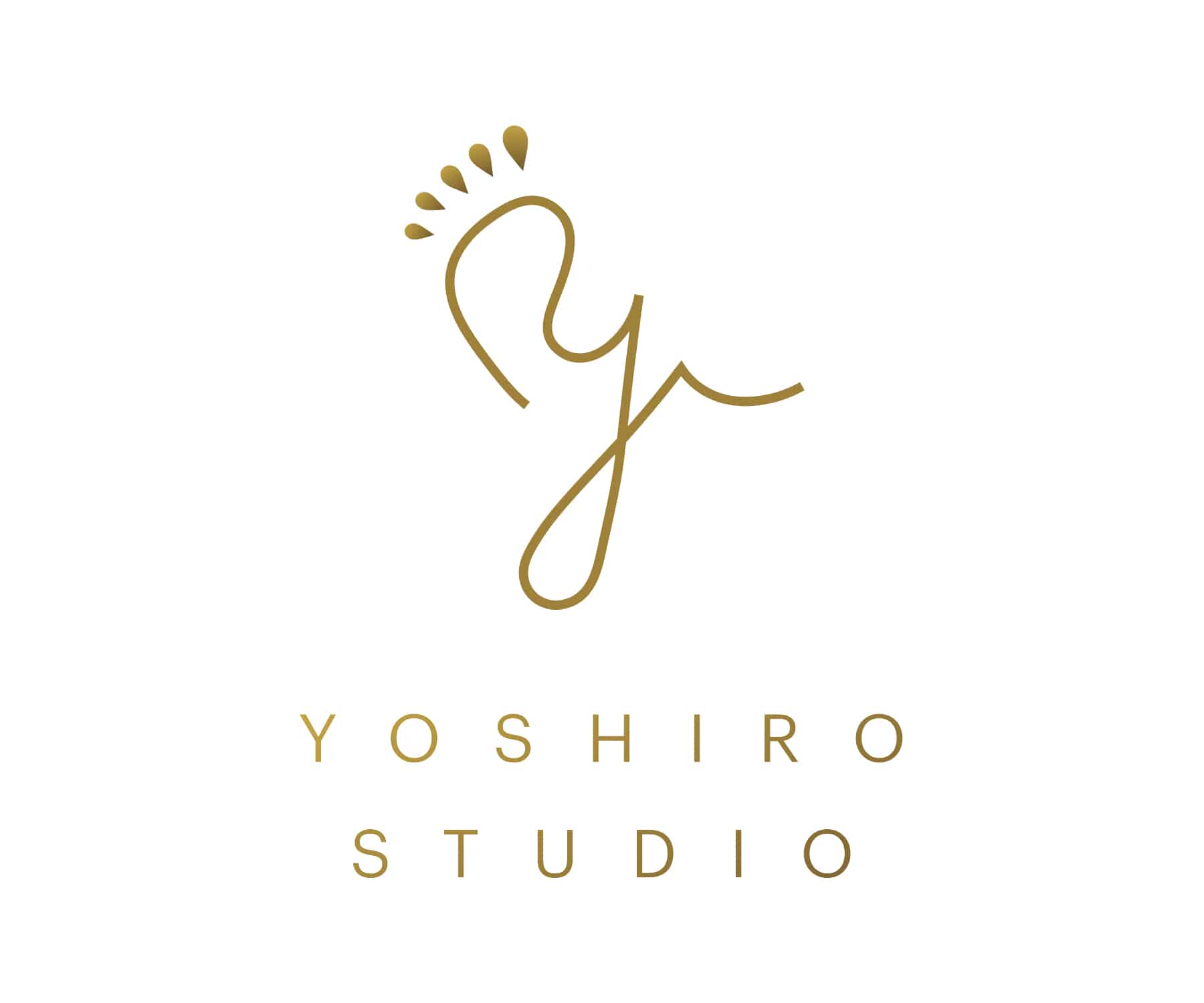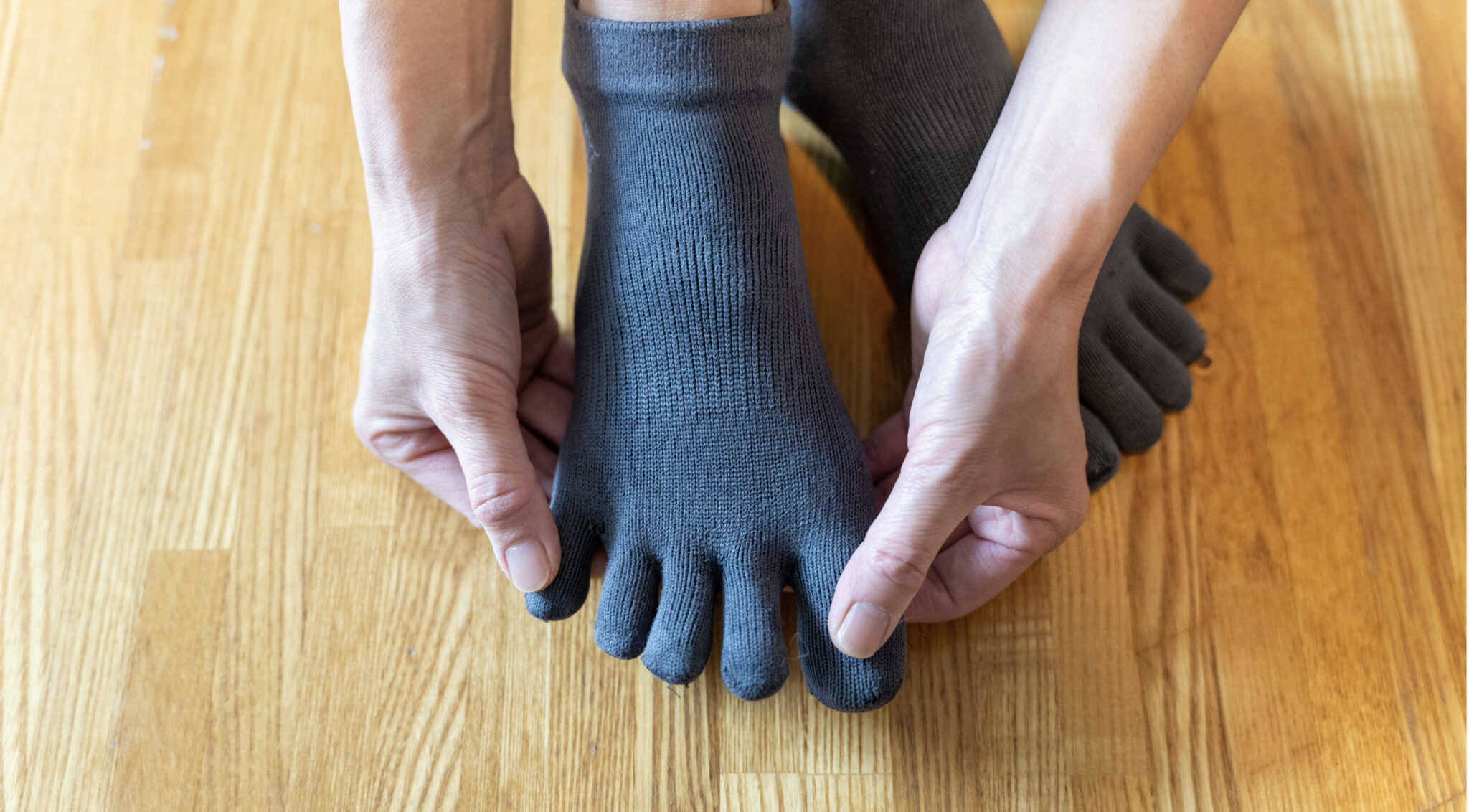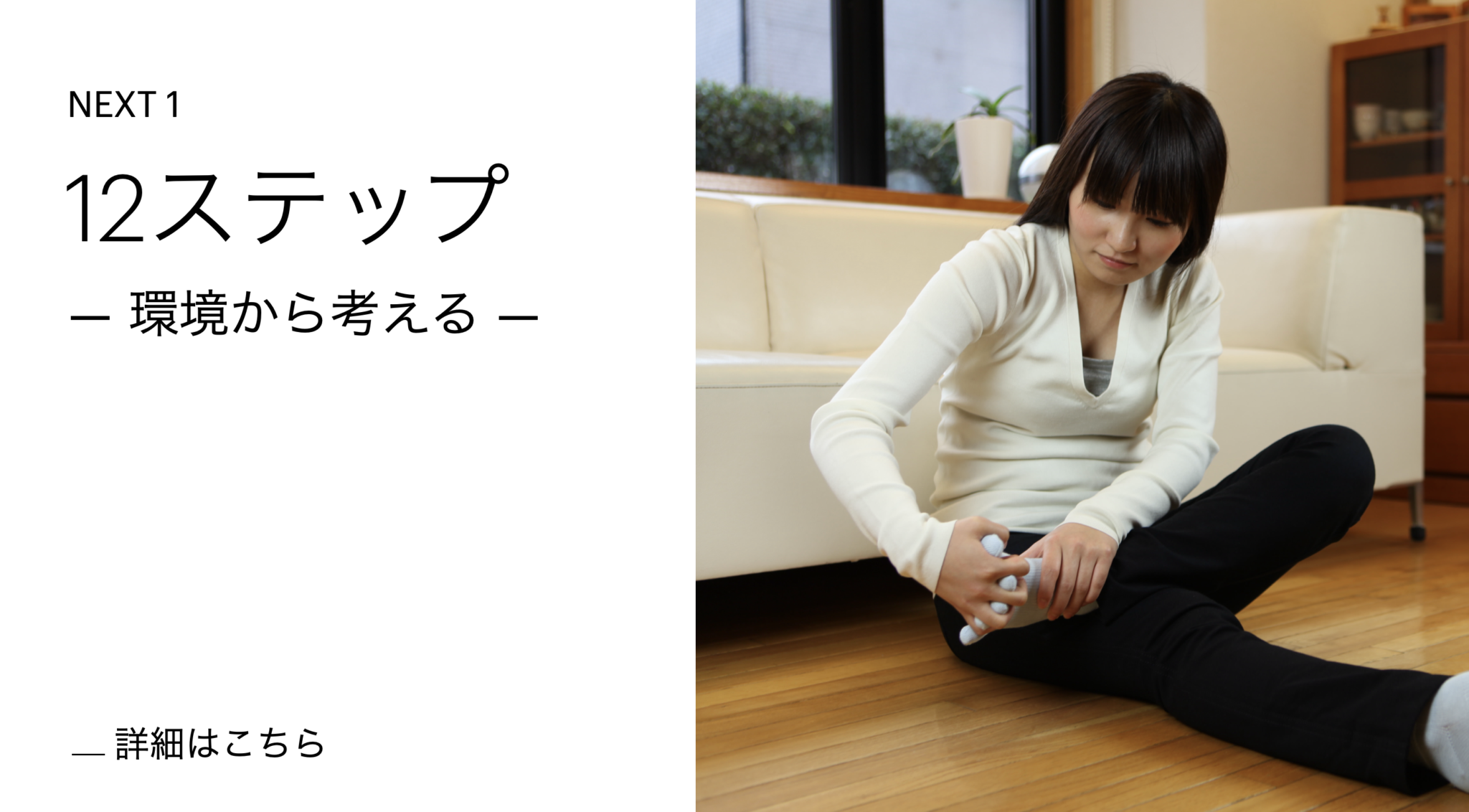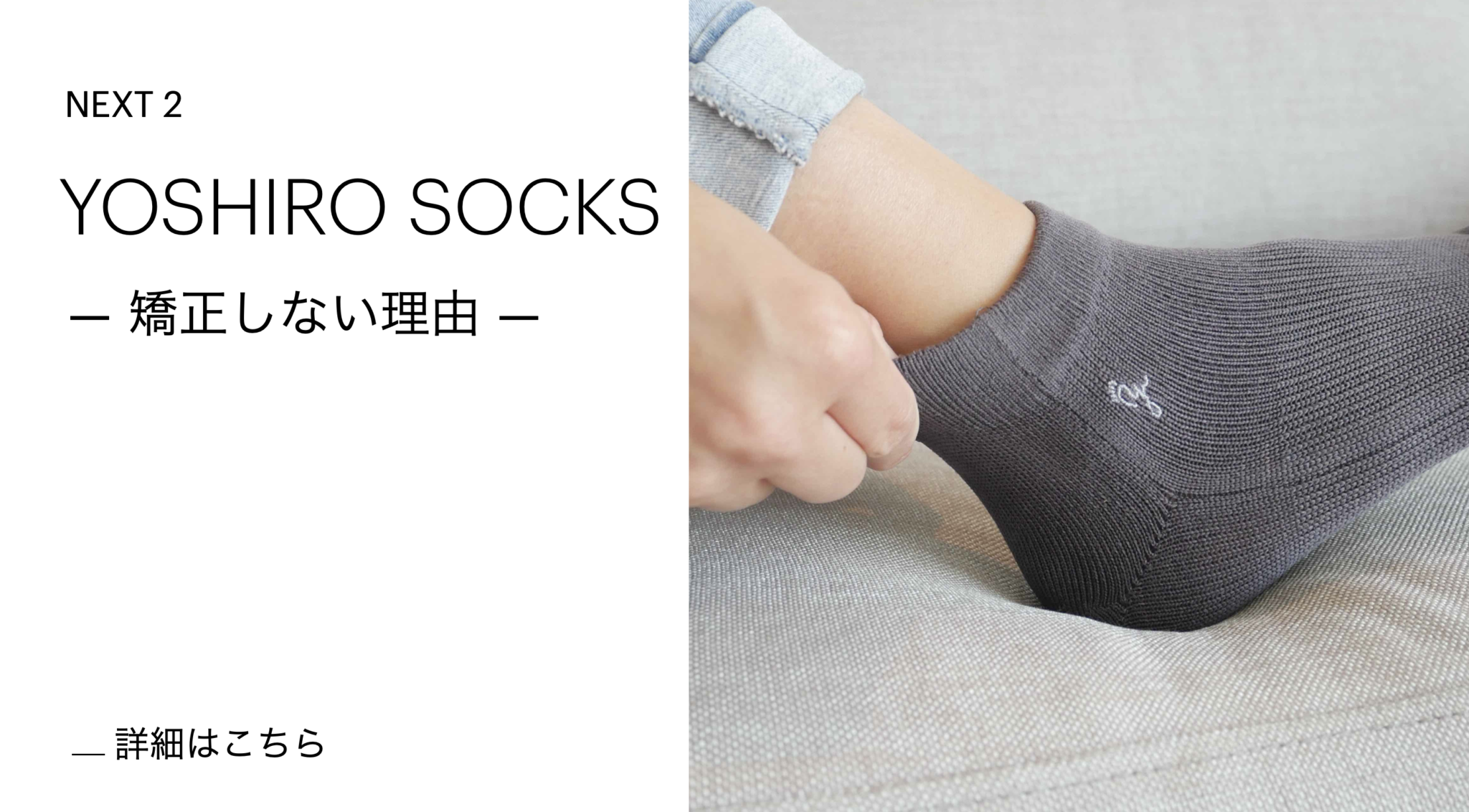【医療監修】正しい姿勢は足指で決まる!その腰痛、猫背、疲れ… 実は足指が原因かも?
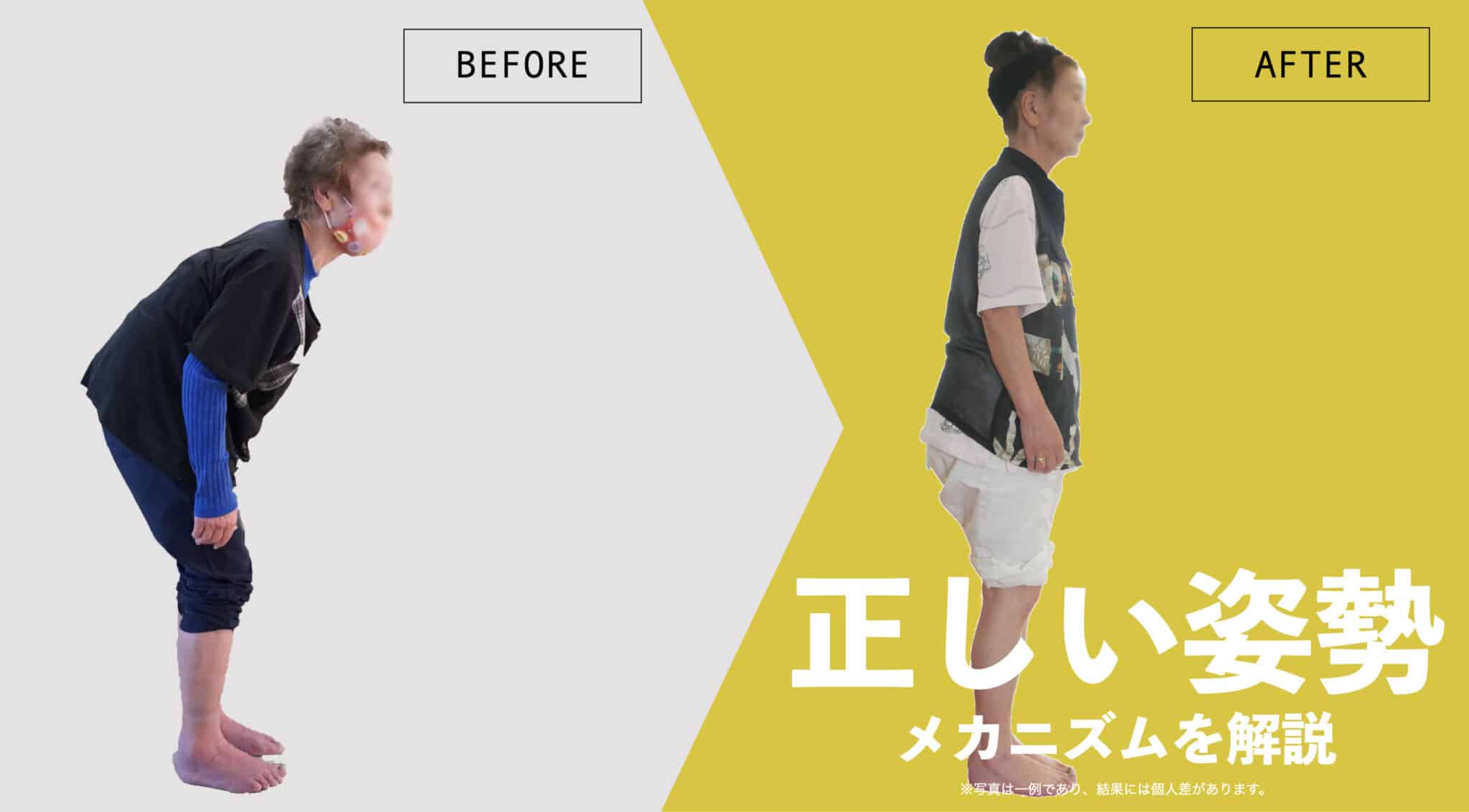
はじめに
こんにちは。足指研究家の湯浅慶朗です。
「姿勢を良くしたいのに、意識してもすぐ戻ってしまう」
「猫背や反り腰にいつも悩まされる」
「ストレッチや筋トレをやっても変化を感じにくい」
そんな声を多く聞いてきました。
実は、姿勢は“上半身の意識”だけでコントロールされているわけではありません。
姿勢の土台となるのは “足指と重心の配置” であり、そこが乱れると体は無意識に姿勢を変えてバランスを取ろうとします。
本記事では、正しい姿勢のポイント・セルフチェック方法・姿勢が崩れる仕組みを、
臨床経験10万人以上の視点 から分かりやすく解説します。
正しい姿勢とは? —— ニュートラルポジションという考え方
良い姿勢=「まっすぐ立つ」ことではありません。
医学的には、骨・関節・筋肉がもっとも無理なく働く位置=ニュートラルポジションを指します。
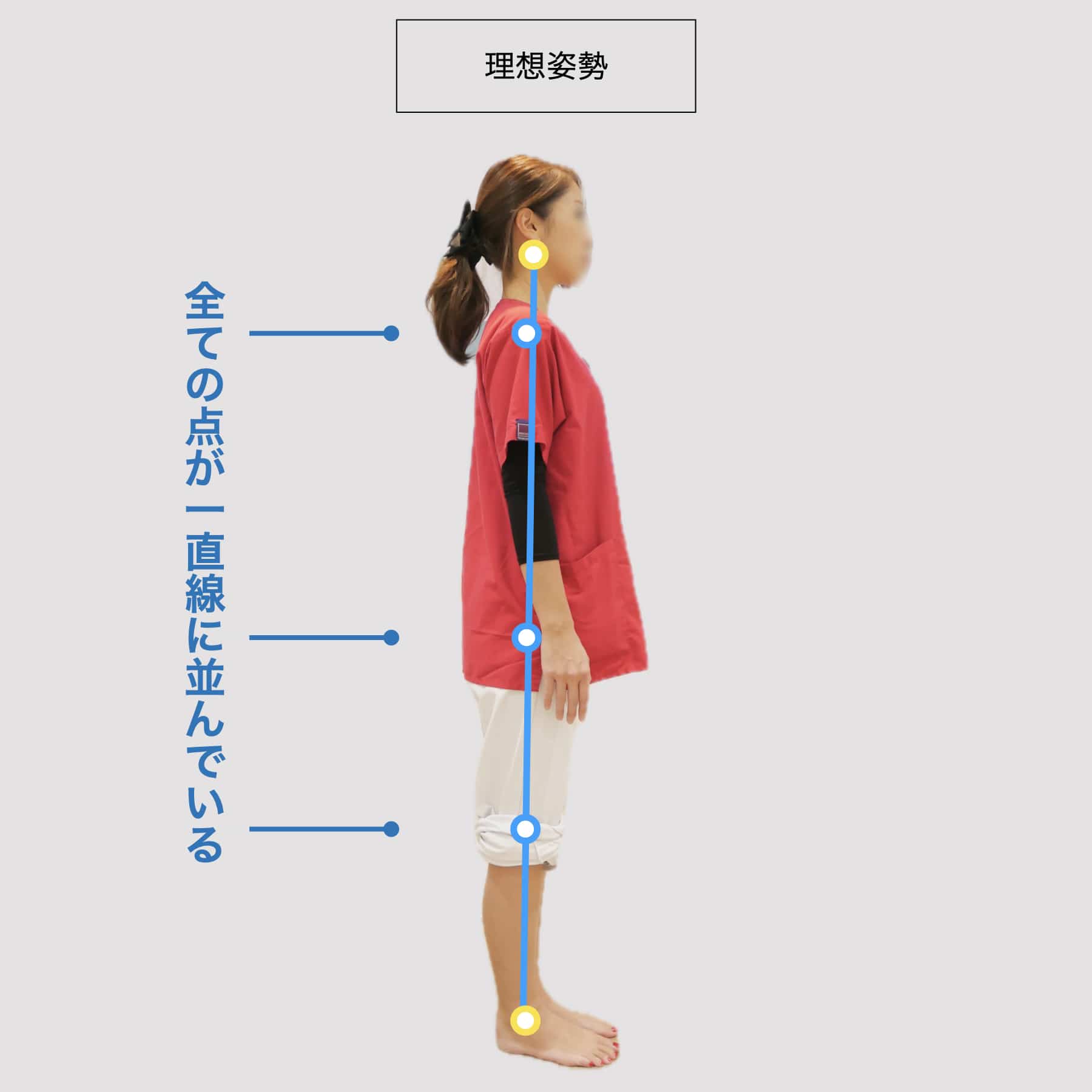
耳垂・肩峰・大転子・ひざの中心・足の外踝までの配列がほぼ一直線上に並んでいることが分かる。
ニュートラルに立てると、次のような傾向があります。
- 関節に過剰な負担がかかりにくい
- 筋肉の緊張が減りやすい
- スムーズに動き、疲れにくい
ただし現実には、多くの人が猫背・反り腰などの姿勢パターンに偏っています。
その背景には “足指の使い方と重心の偏り” が大きく関わっています。
姿勢タイプの例(猫背・反り腰)
以下は臨床でしばしば観察される“姿勢パターンの一例”であり、すべての人に当てはまるわけではありません。
■猫背
骨盤が後傾し、背中が丸く、肩が前に出る姿勢。
■反り腰
骨盤が前傾し、腰が反り、お腹が前に出る姿勢。
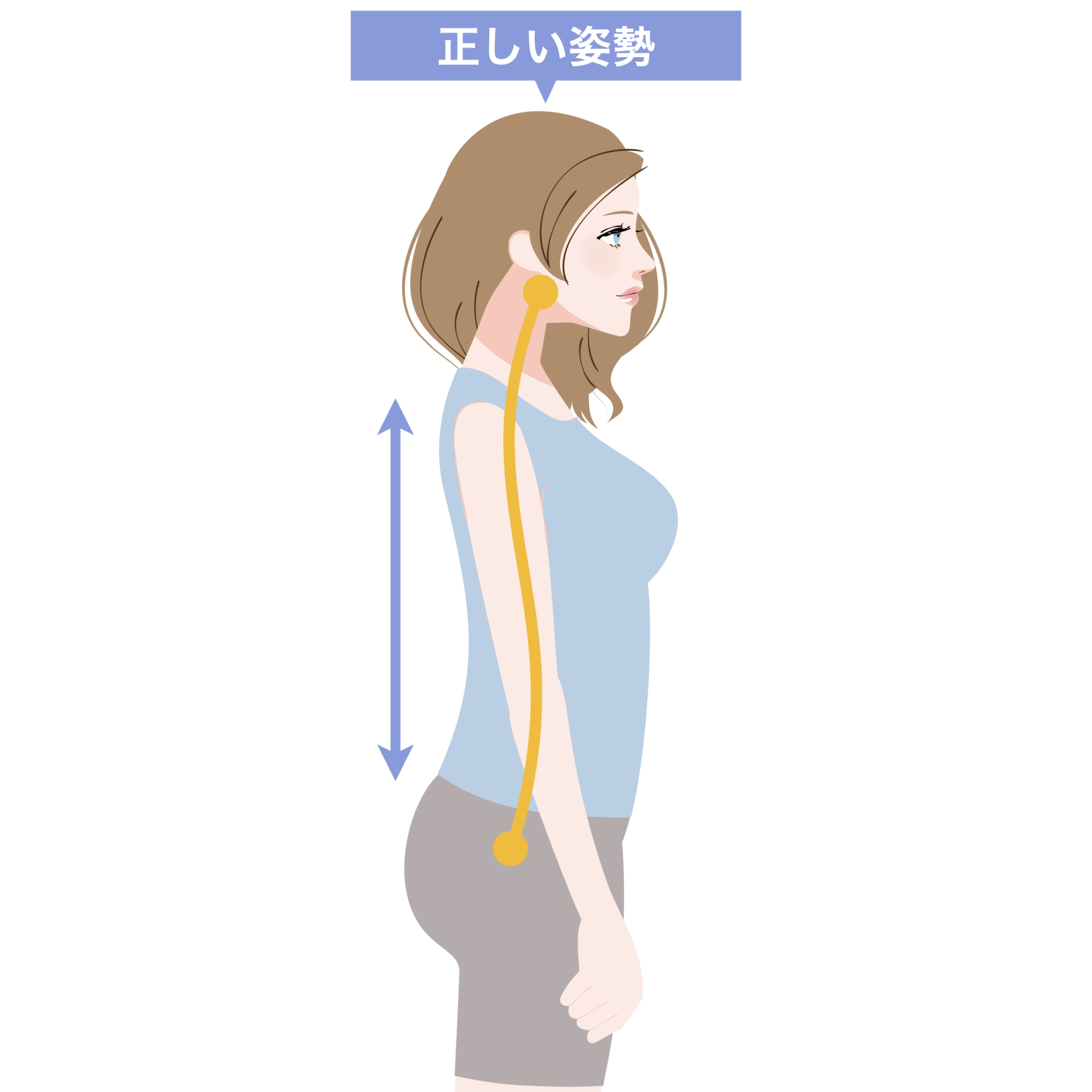
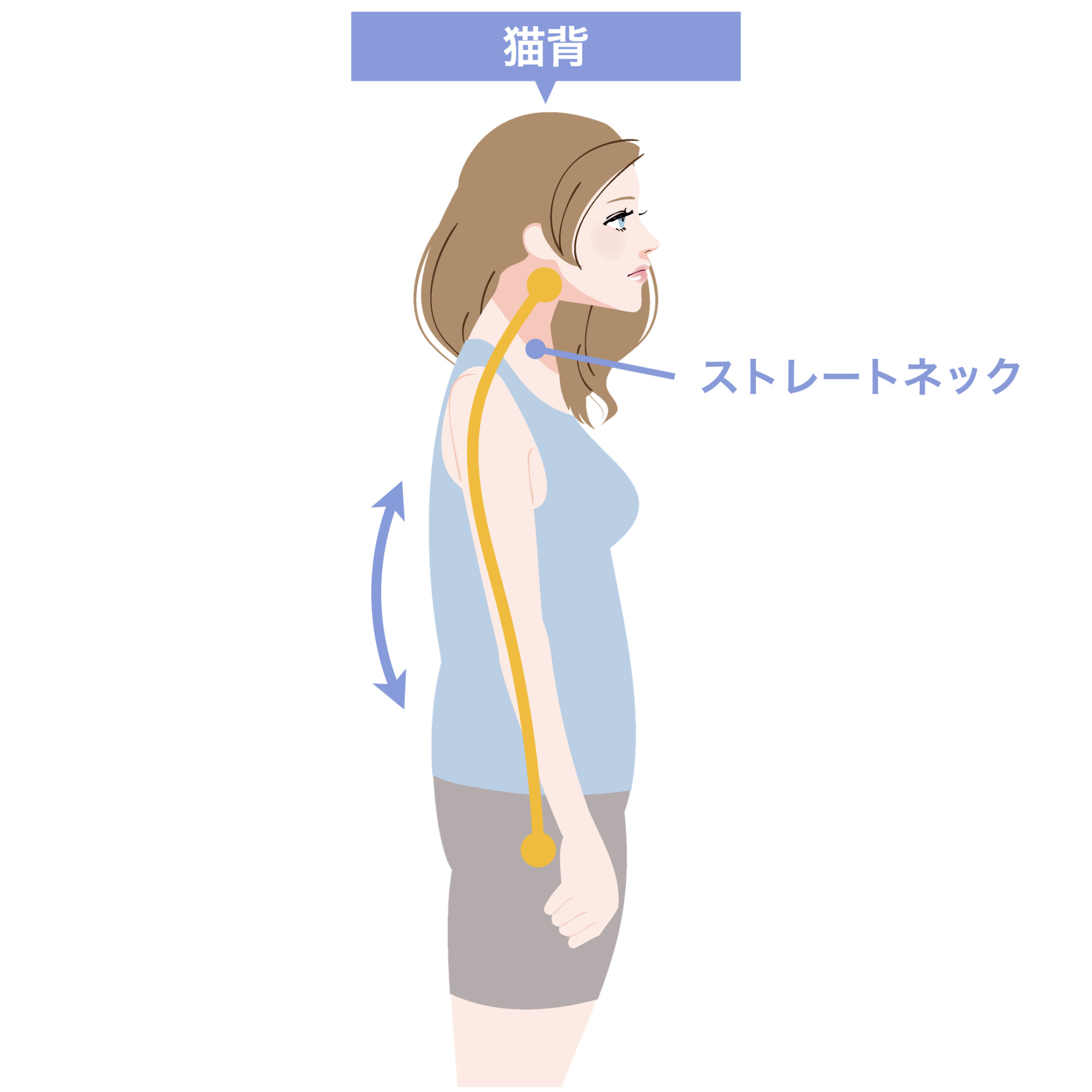
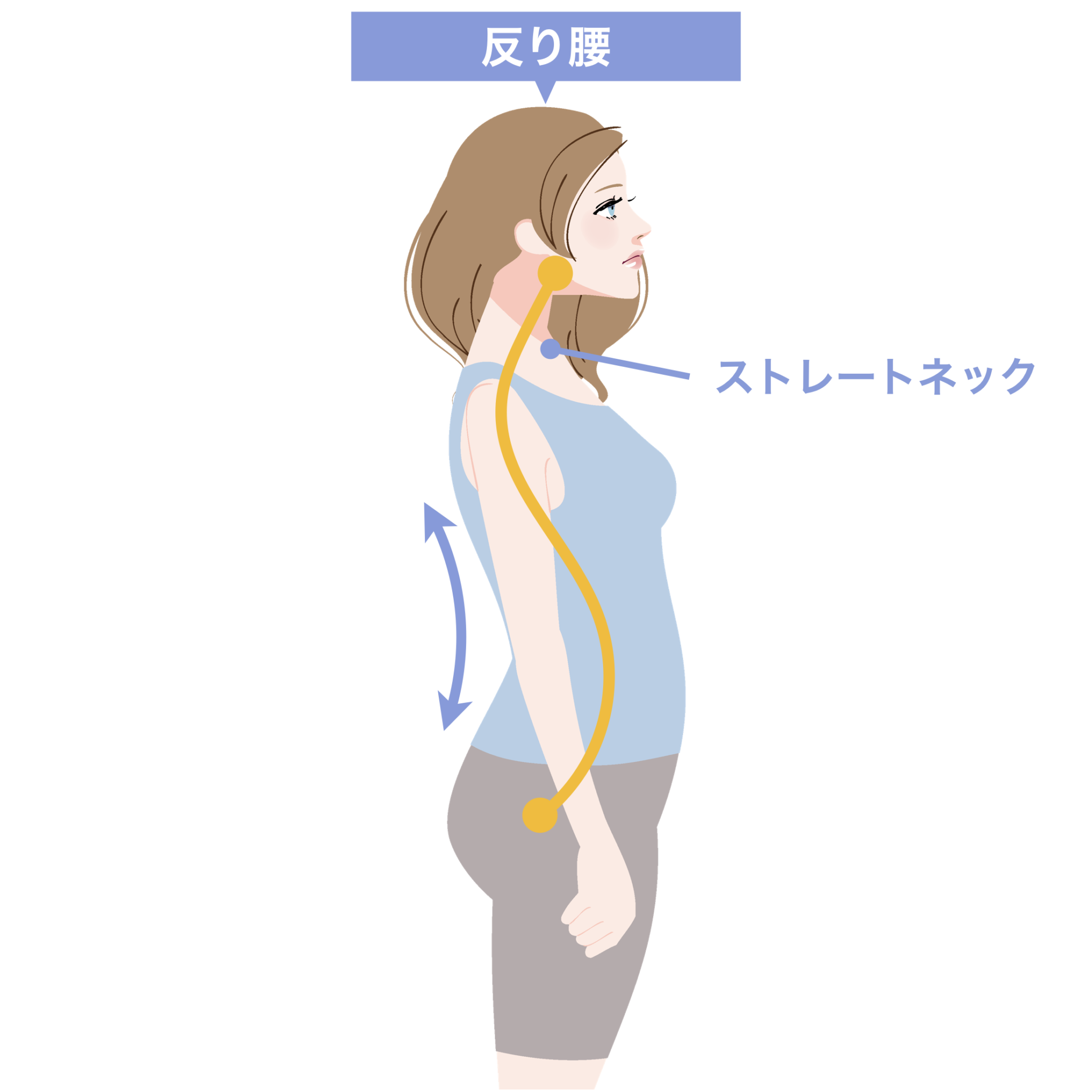
これらは“上半身の癖”ではなく、足元の重心がズレたときに起こる代償姿勢 です。
なぜ姿勢が崩れるのか? —— 鍵は「足指と重心位置」
① 足の内旋・外旋による姿勢連鎖
- 親指側に重心が偏る(外反母趾) → 内旋 → 猫背方向へ

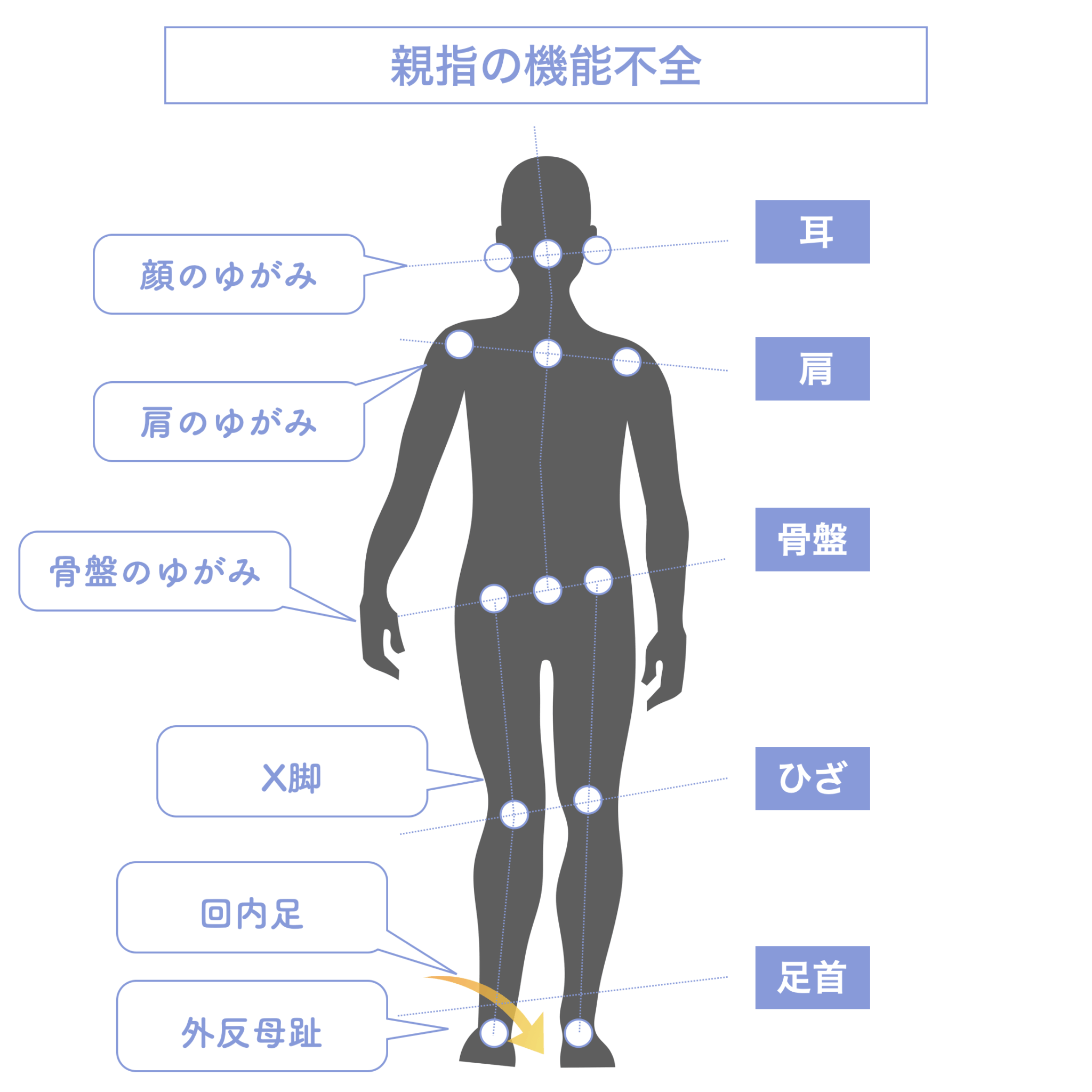

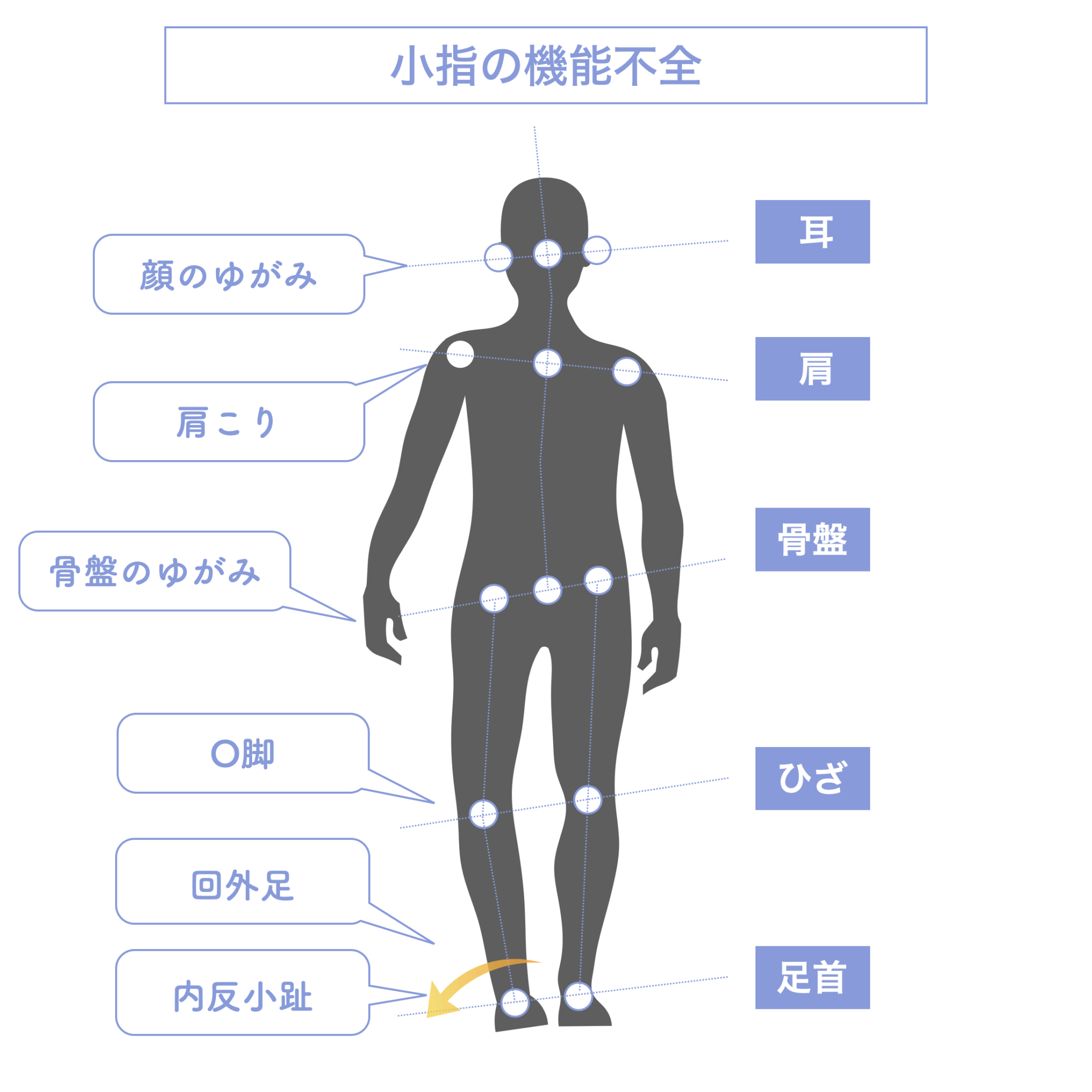
これは寝た状態でつま先を内外に向けるだけで体験できます。
骨盤が前後に倒れ、背骨がそれに合わせて動くはずです。
② 足指の機能が低下すると “かかと重心” になりやすい
足指の役割は、地面を捉えて重心を中央に保つことです。
しかし、
などがあると、指で地面をつかみにくくなります。
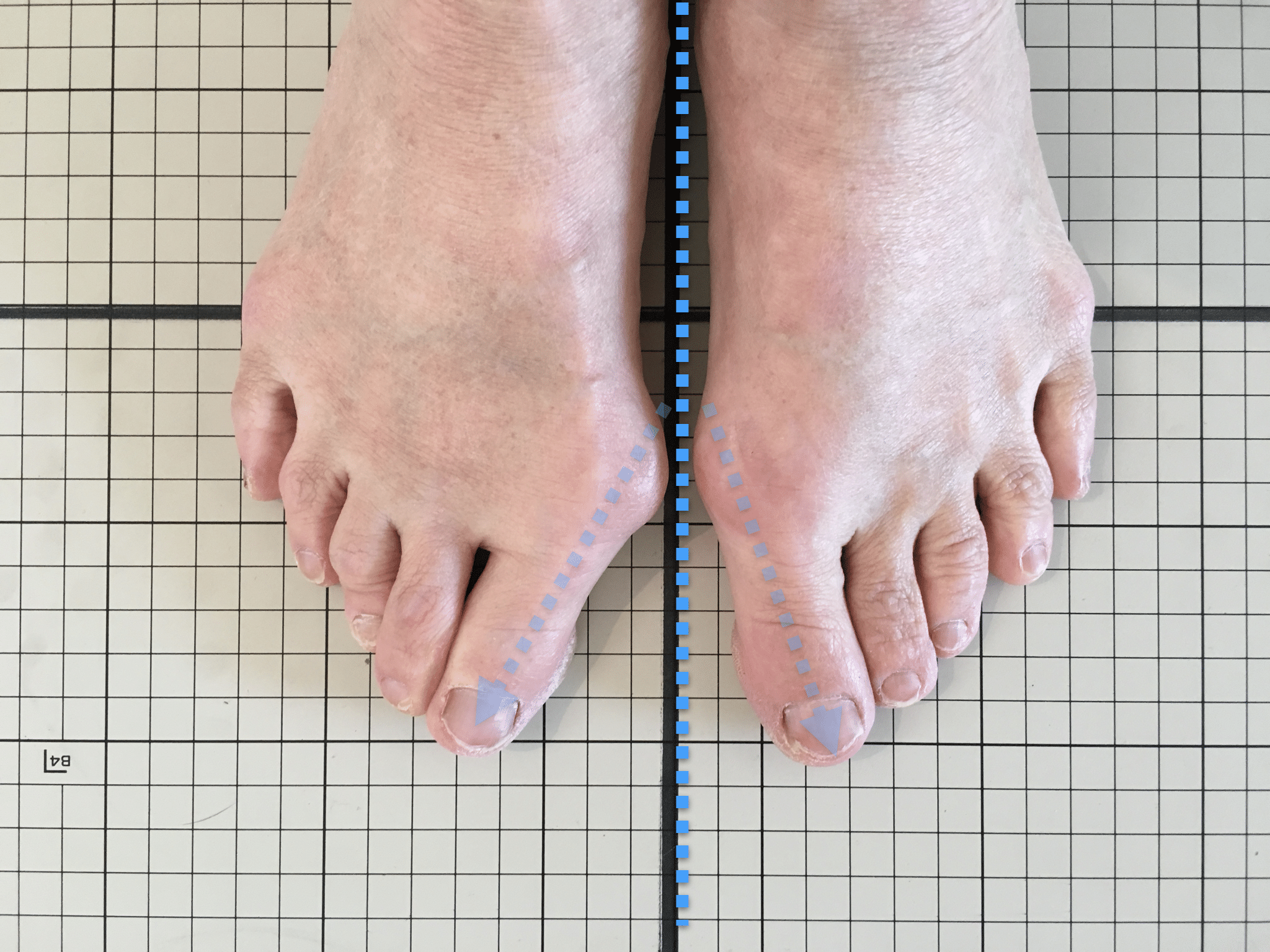
足の親指が外側(小指側)に向かって曲がる状態を指します。
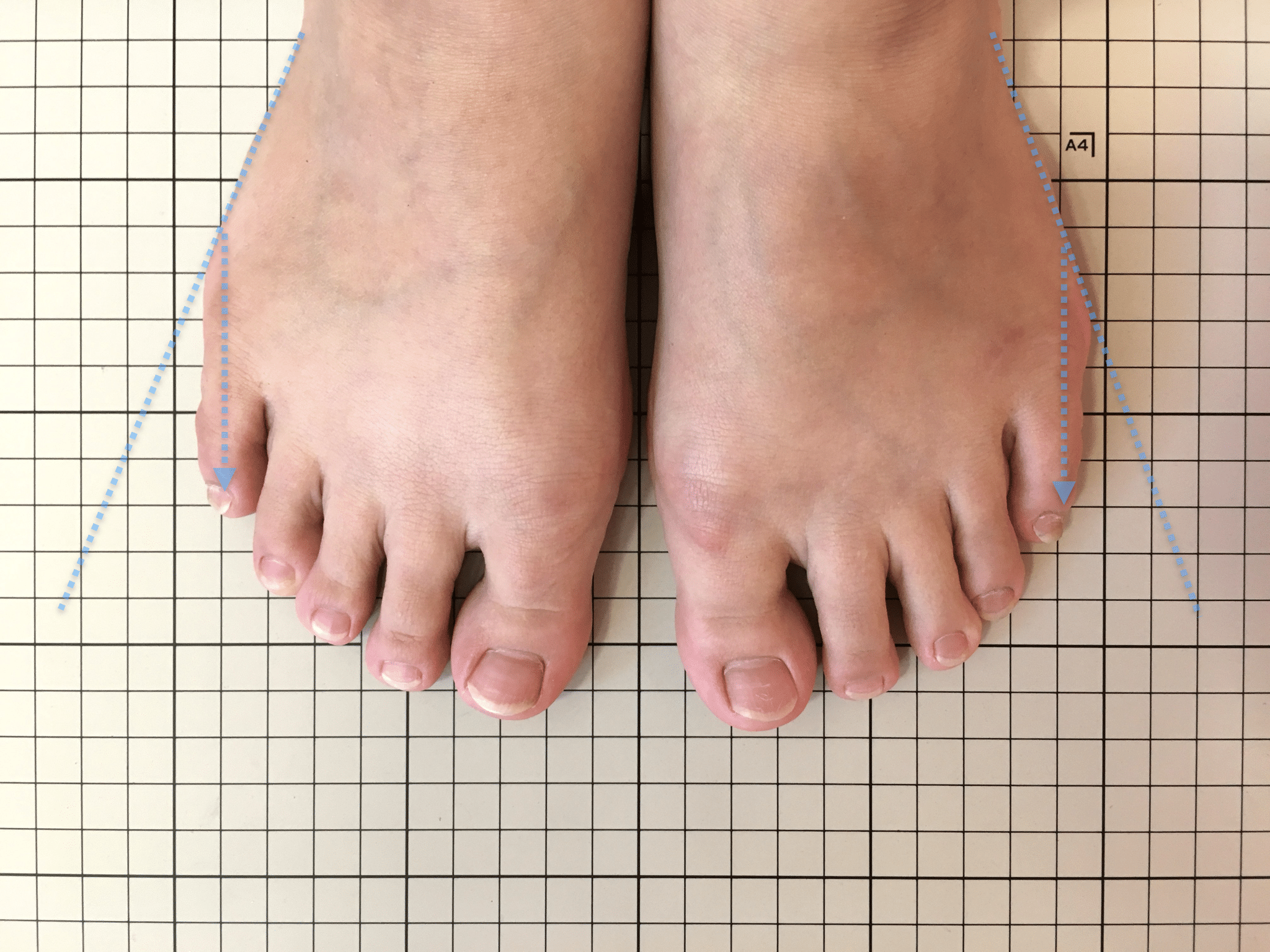
足の小指が内側(親指側)に向かって曲がる状態のことを指します。
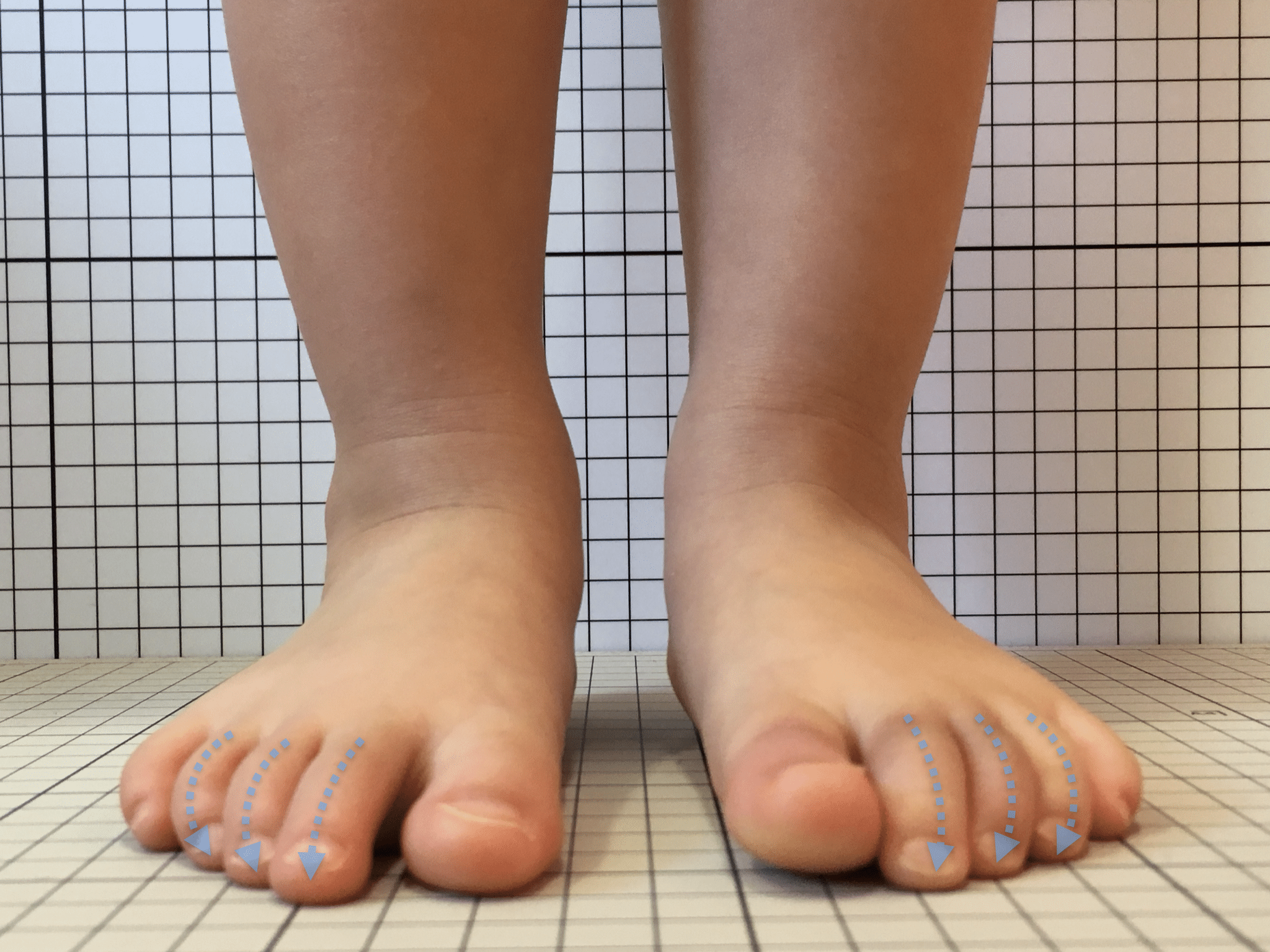
指が下向きに曲がりっぱなしで伸ばすことができない状態のことを指します。
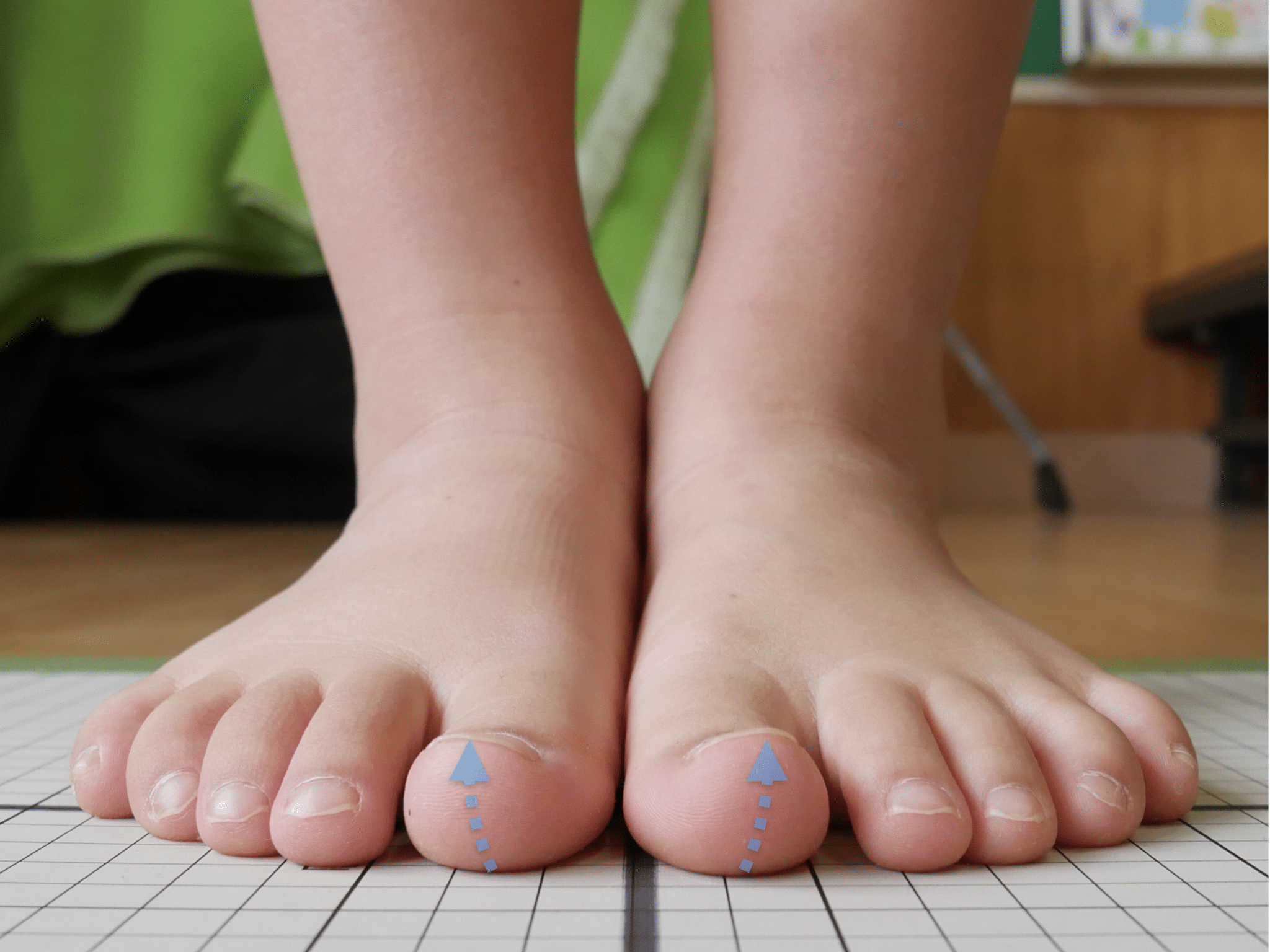
親指が他の指の爪と比べて上方向に曲がって浮いてしまう状態を指します。
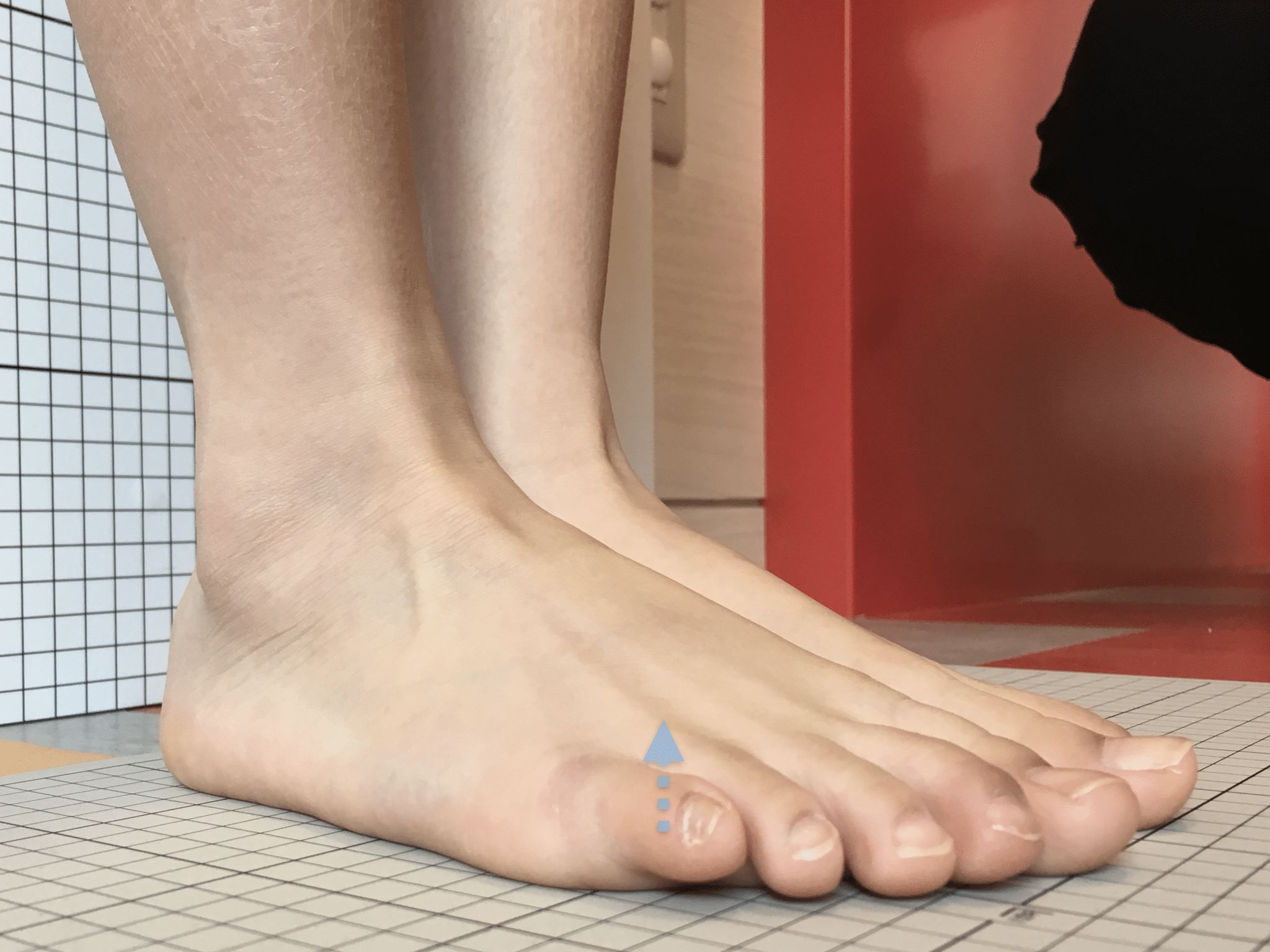
小指が地面から浮いてしまう状態を指します。そのほかの指にも見られることがあります。
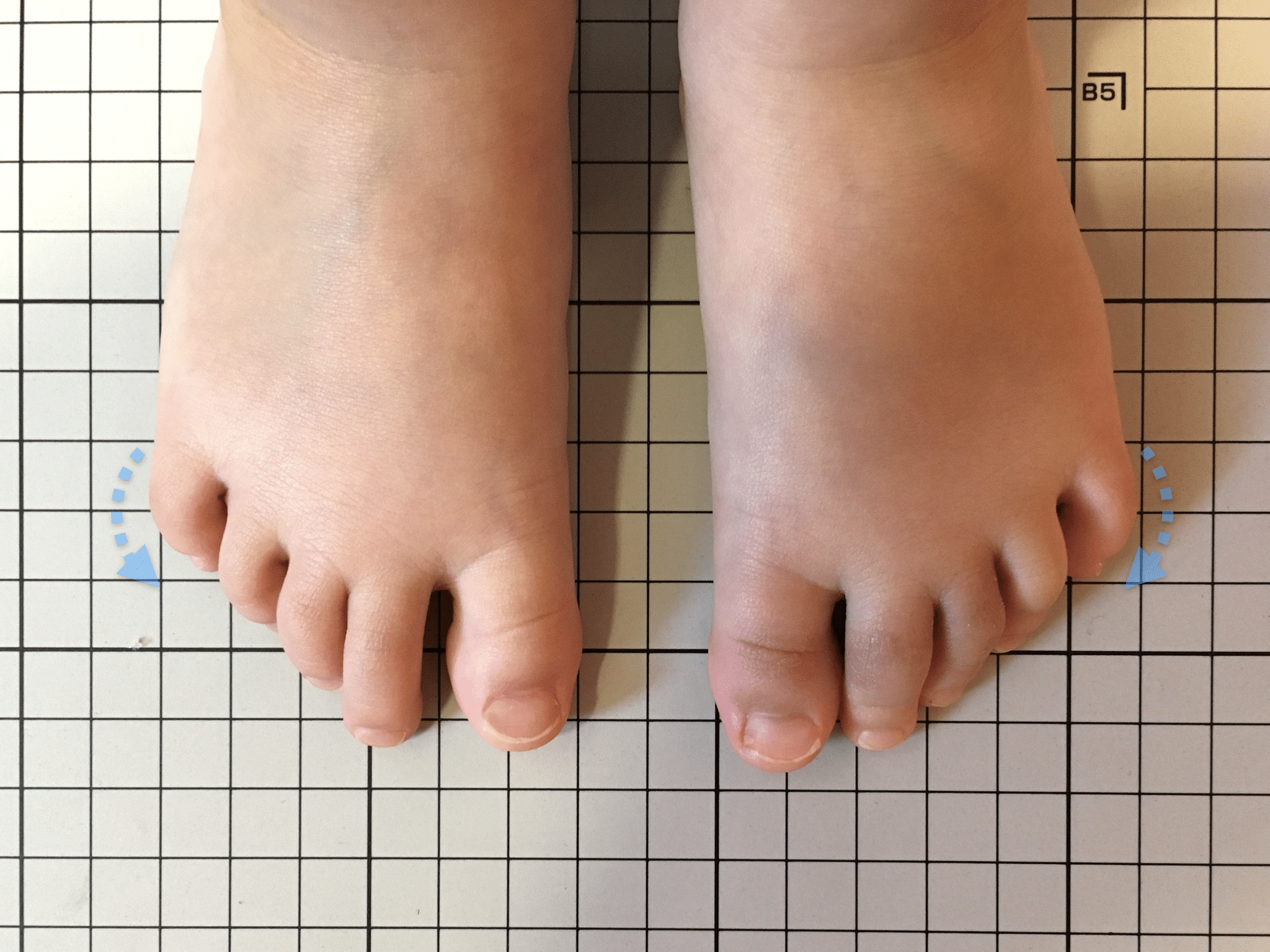
指の爪が横を向いている状態のことを指します。特に小指や薬指に多く見られます。
その結果、体重がかかと側に寄りやすくなる傾向 があります。
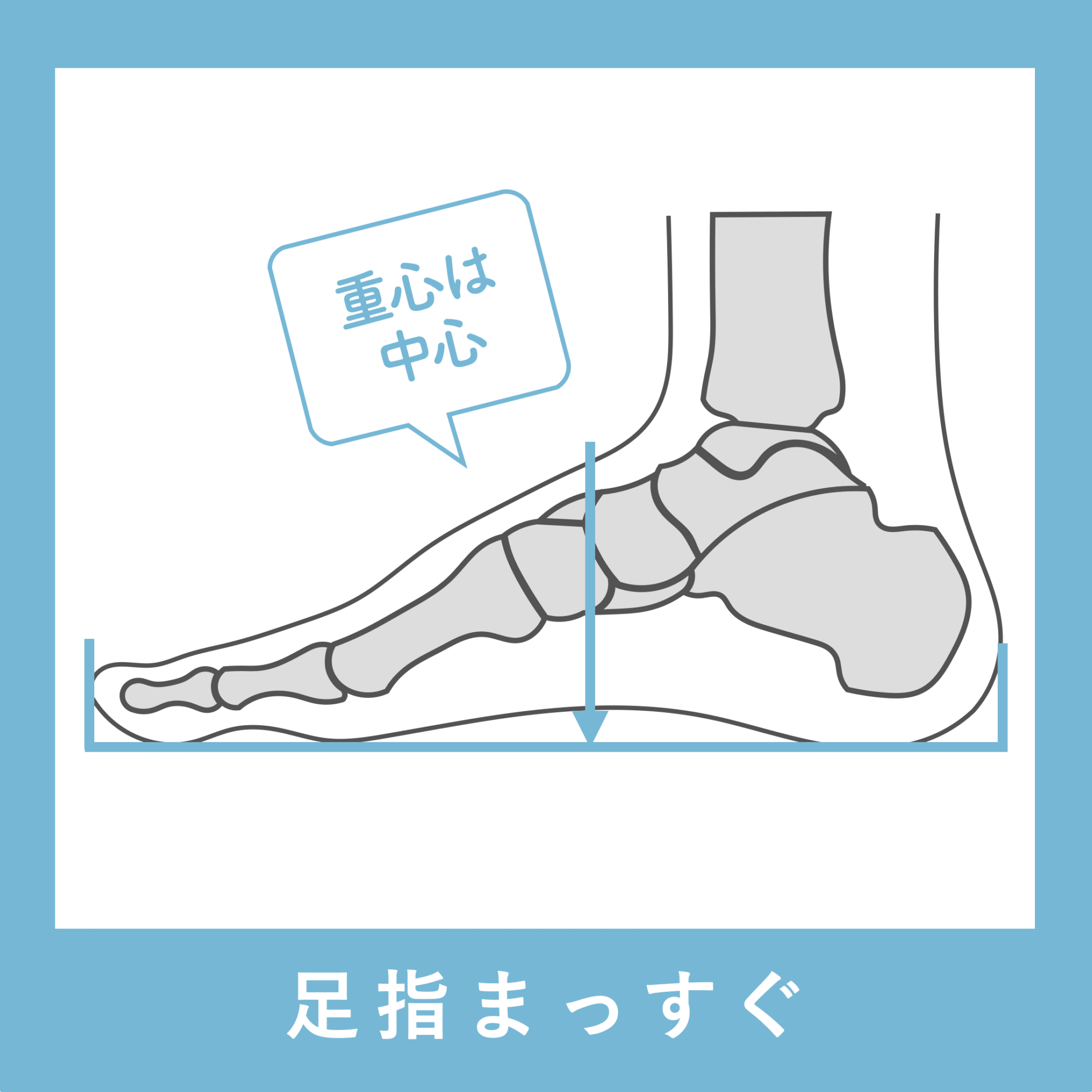
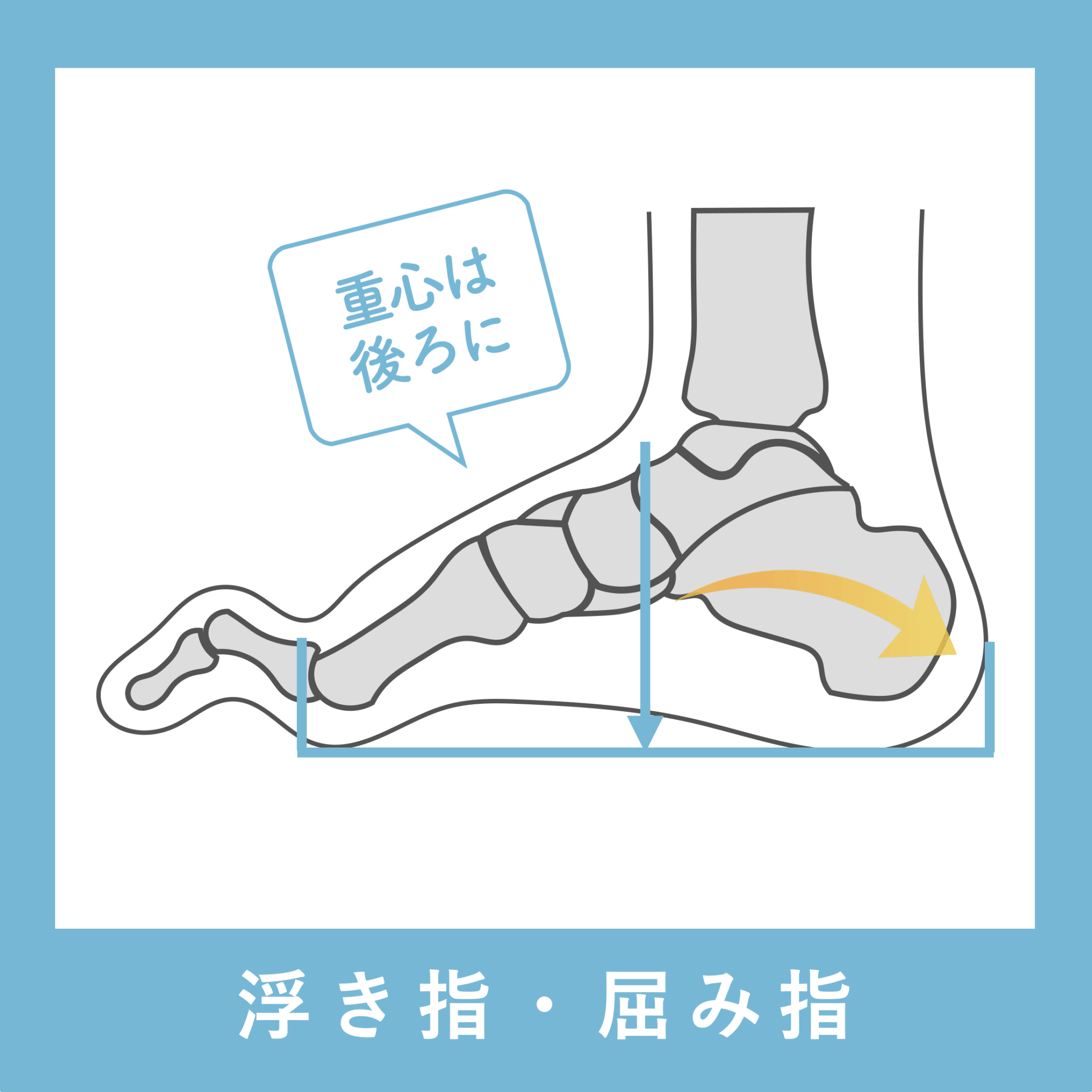
かかと重心になると、体は後ろに倒れないように
- 上半身を前に曲げる(猫背)
- 骨盤を前に倒す(反り腰)
といった補正を行います。
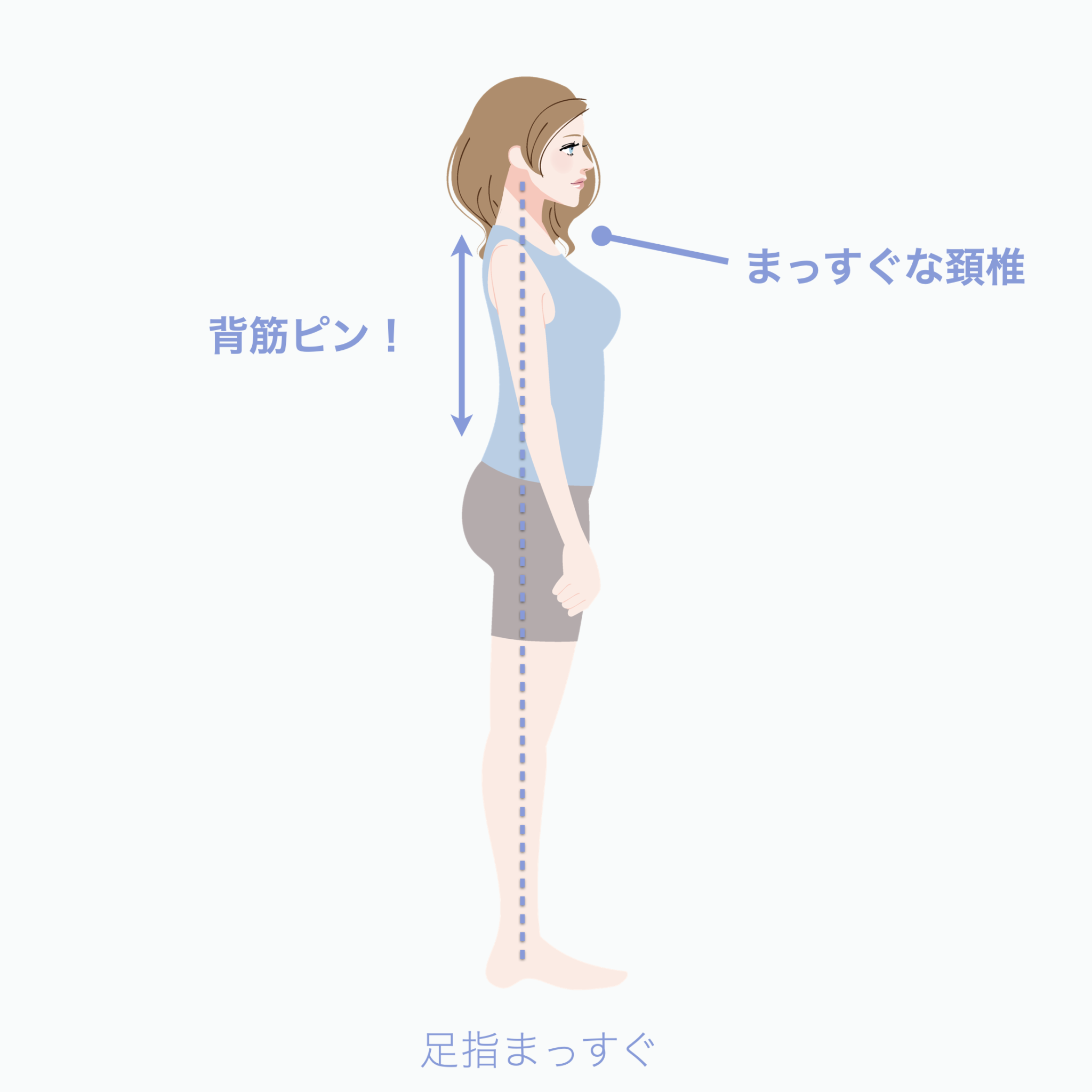
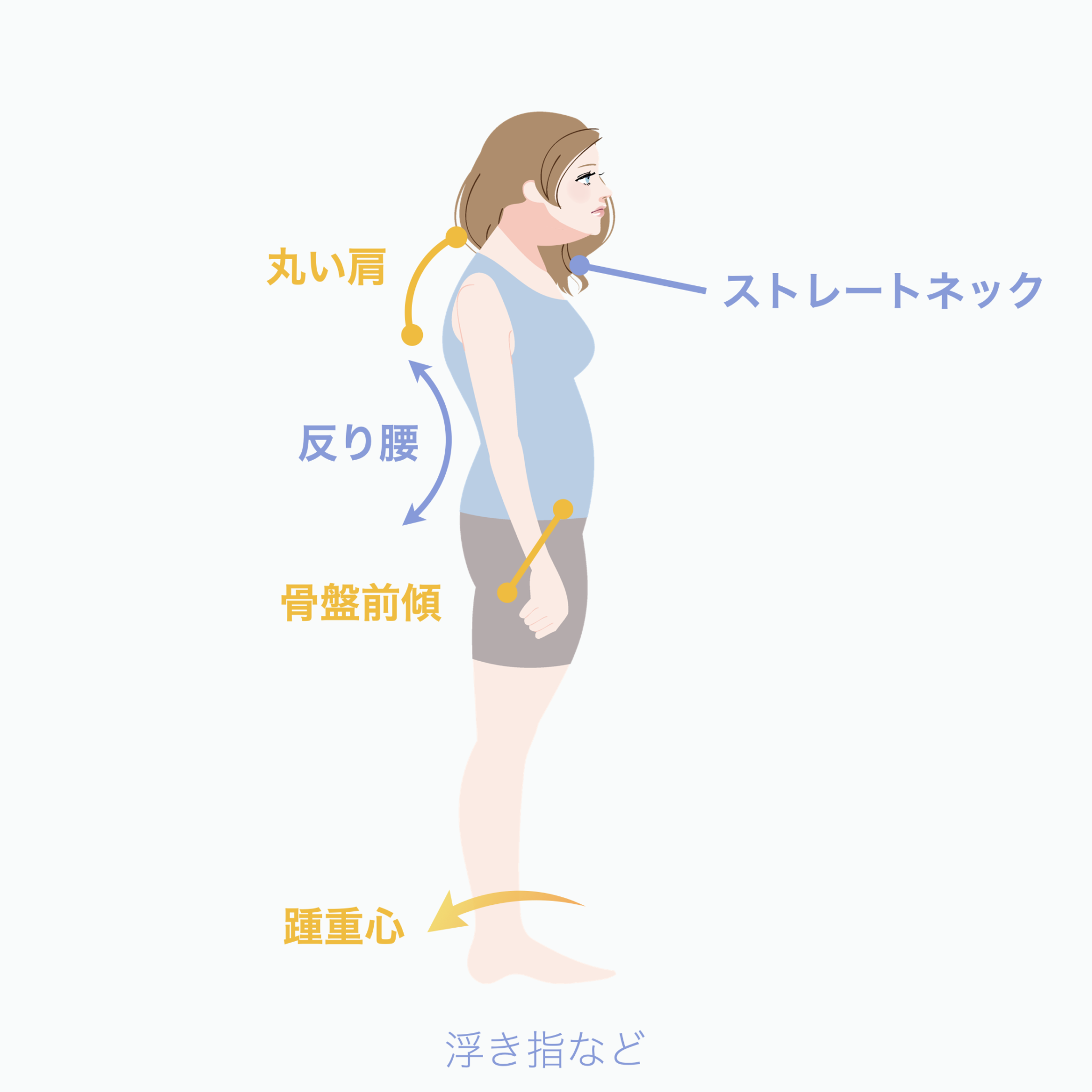
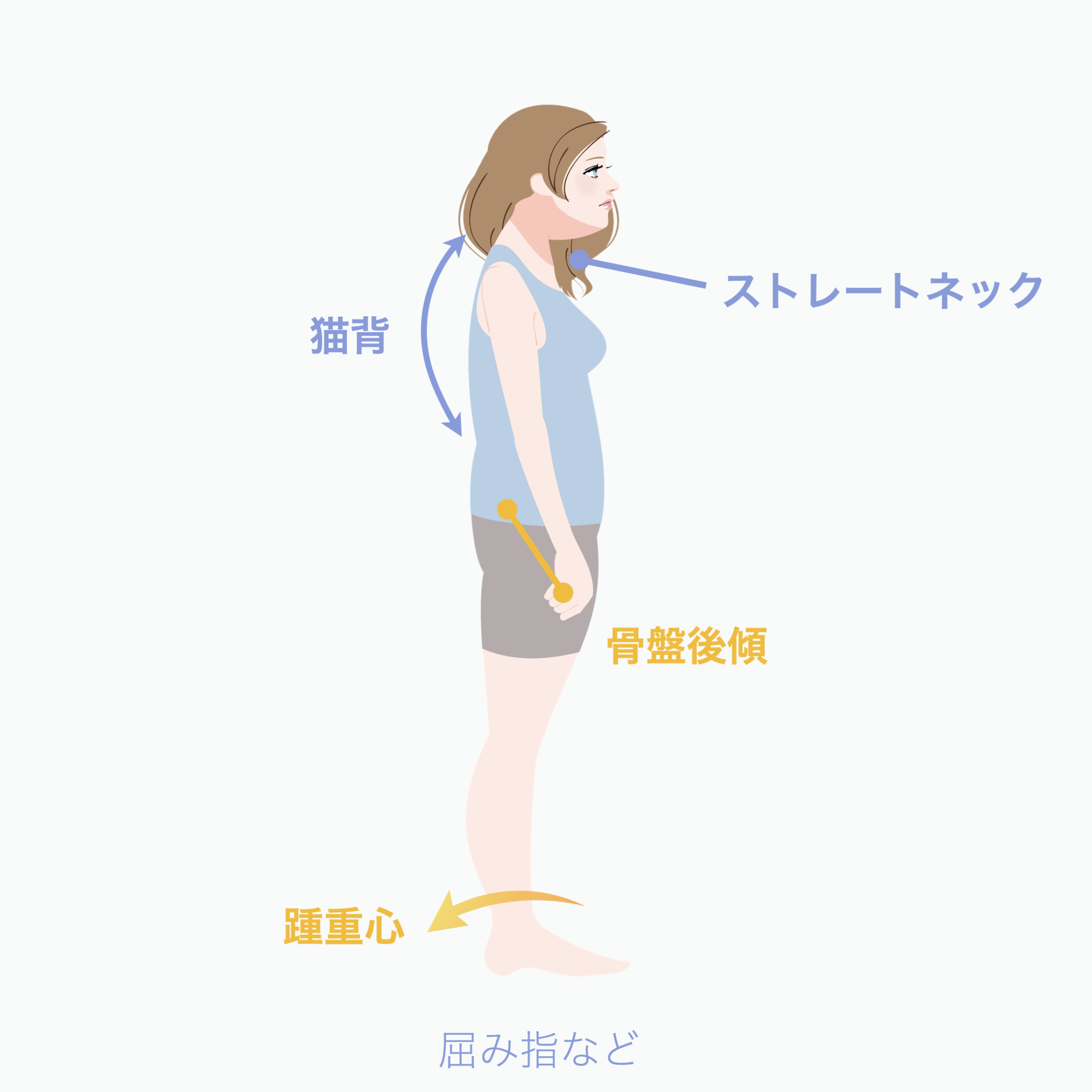
=これが 姿勢反射による代償 です。
意識では姿勢は変わらない —— 重心の問題だから
「姿勢を良くしよう!」と胸を張っても、無意識の状態では元に戻ります。
それは意識の問題ではなく “重心の位置” が整っていないから です。
重心が後ろにある限り、猫背や反り腰は繰り返されます。
“逆立ち”で考えると一瞬で理解できる —— Hand-Standing 理論
逆立ちするとき、手の指を閉じるとバランスは悪くなります。
手の指を広げれば広げるほどバランスが安定します。
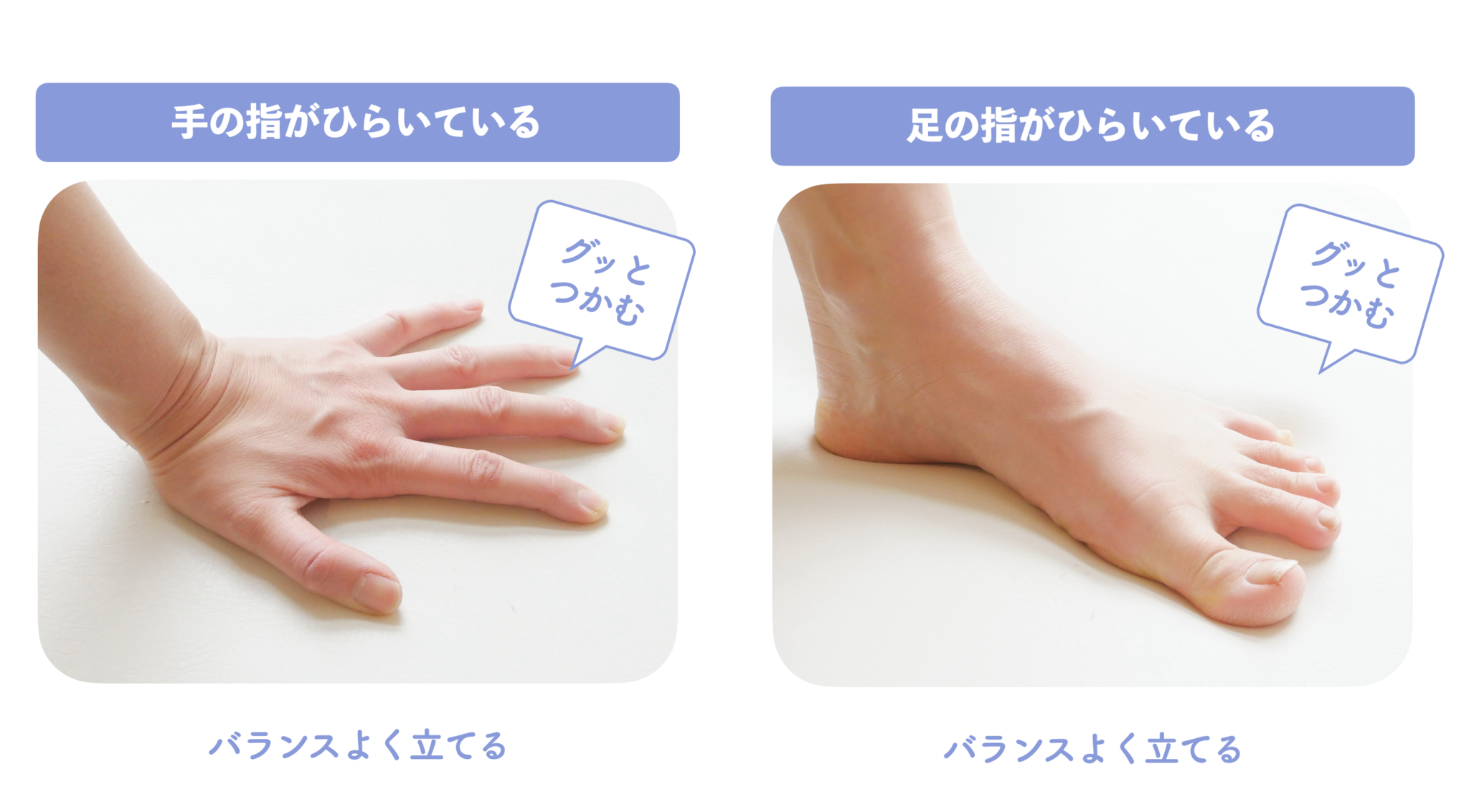
これを足で考えると…
- 足指が広がっている → 重心が中央に乗りやすい → 理想姿勢
- 足指が閉じている・曲がっている → 重心がズレる → 猫背・反り腰の代償
人間の姿勢は 足指という“土台”から始まる連鎖構造 で決まるのです。
この考え方を、私は「Hand-Standing理論」と呼んでいます。
手で逆立ちをしたときのバランス構造を、足と姿勢に置き換えて整理した理論です。
足指が変形する主な要因
■靴下や靴による圧迫・滑り

靴の中で足が滑ると、指が無意識に踏ん張ろうとして屈み指が起こりやすくなります。
一方できつすぎる靴下は指を横から圧迫し、開く・伸びるといった本来の動きを制限します。
■歩き方の癖・重心の偏り
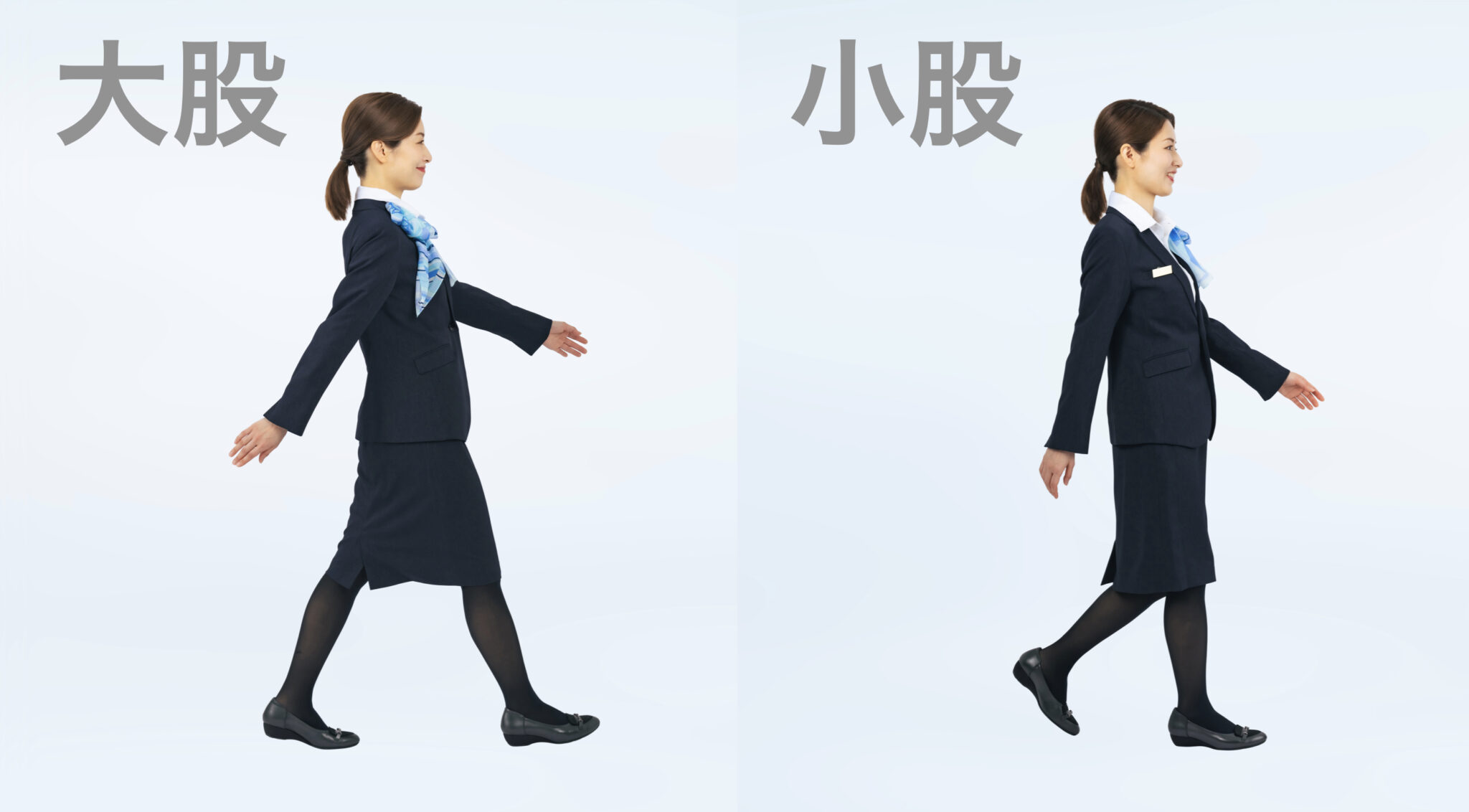
大股歩きなどで足指を使わずに歩く時間が長いほど、足底筋群が弱まり、アーチも崩れやすくなります。
■靴・サンダル・スリッパなどの“前滑り環境”
次の履き物が多い場合、足指の変形や足趾機能不全が進みやすくなります。
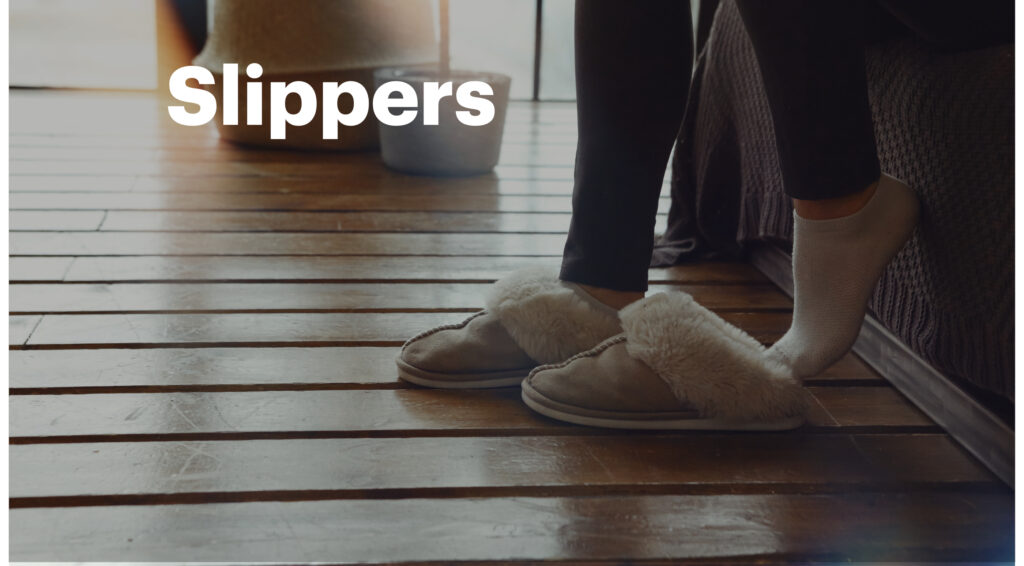
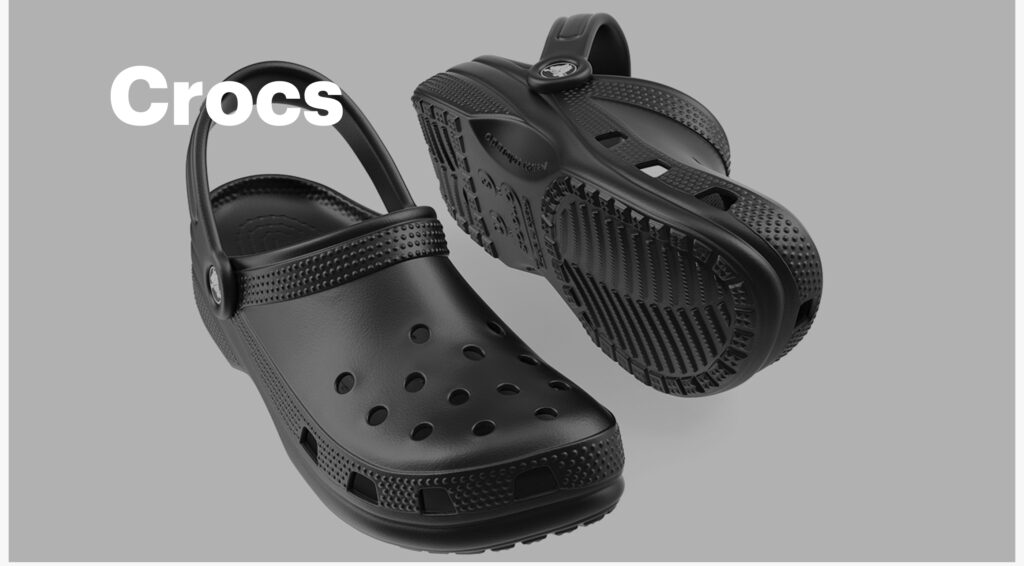
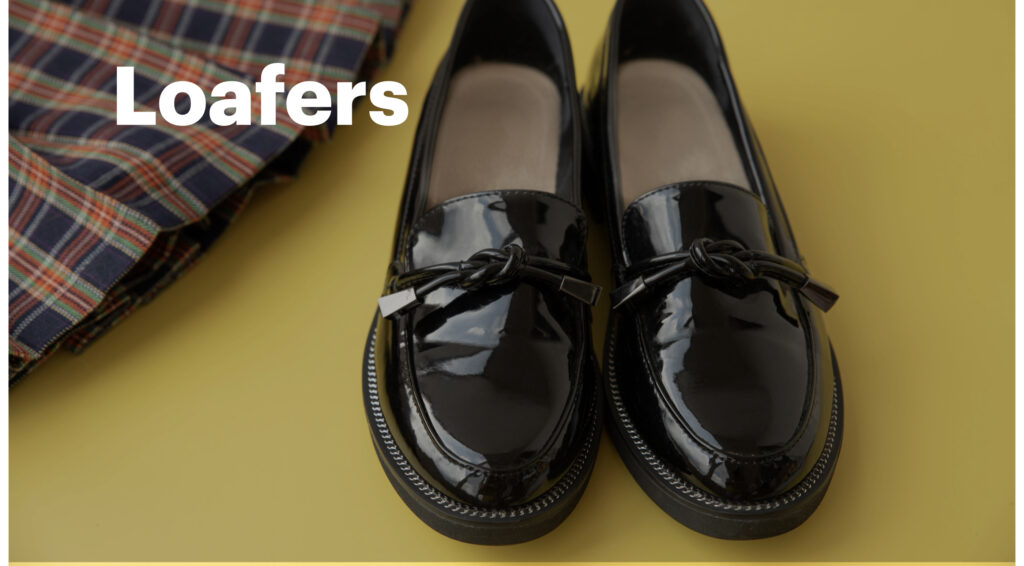
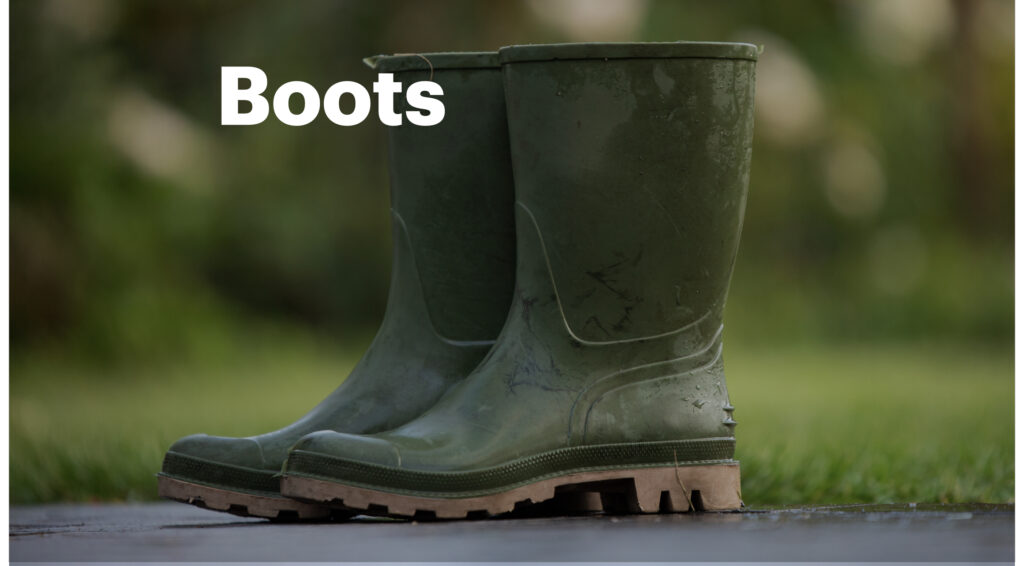
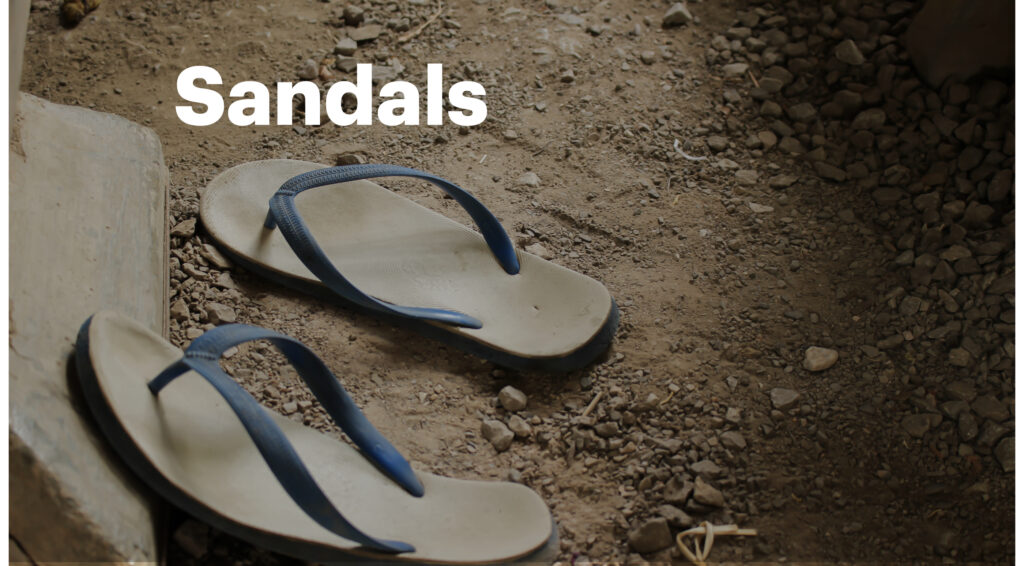
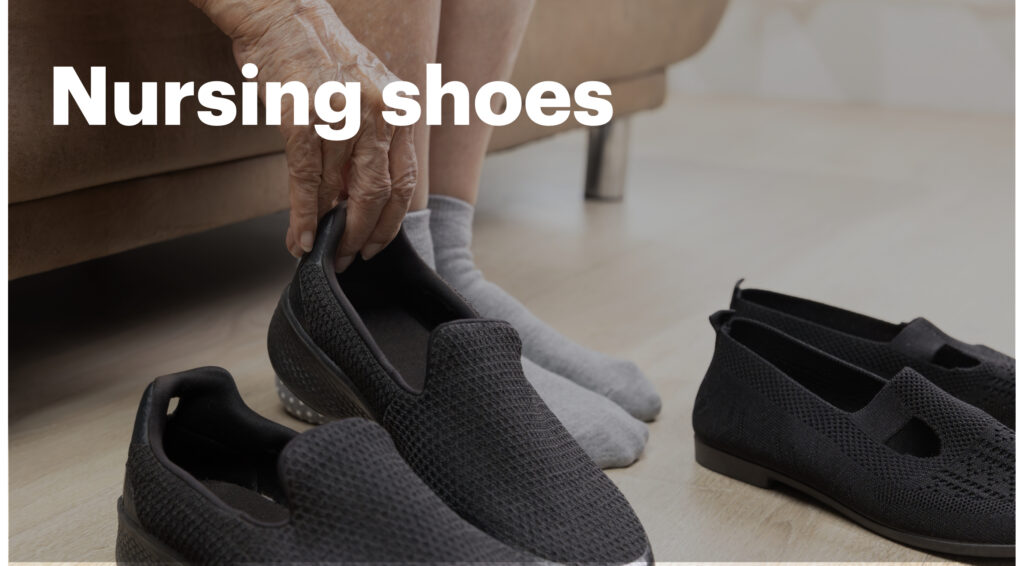
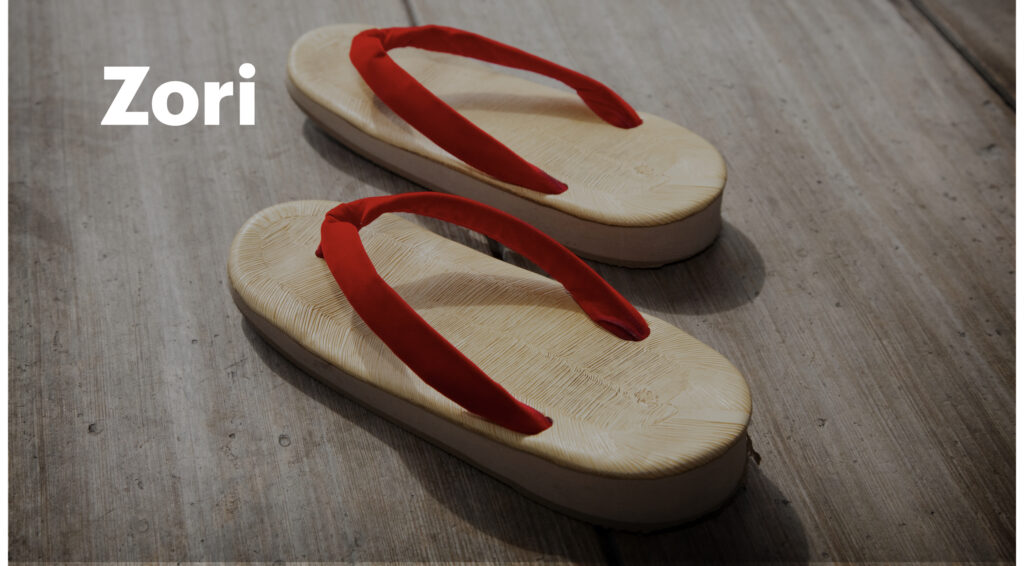
これらに共通するのは、足が前方へ滑りやすい構造であることです。
足が靴の中で滑ると、身体は「落ちないようにする動き」を優先し、
本来使うべき 足指の“伸びる・広がる・接地する” という生理的運動が使われにくくなります。
足指が変わると重心が変わり、姿勢が変わる“傾向”
足指が広がり伸びる
→ 重心が中央へ
→ 骨盤が中間位で安定
→ 背骨が自然に立ちやすくなる
→ 体の負担が減りやすくなる
逆に足指が曲がると
→ 重心がかかと&内外に偏る
→ 猫背・反り腰で支える
→ 首・肩・腰・膝に負担が増える傾向
臨床では、足指と姿勢の間にこのような“構造的な連鎖”がよく観察されます。
※ただし、姿勢の変化には個人差があり、足指以外の要因が関与するケースもあります。
自分の姿勢をセルフチェックする方法
■鏡で簡単チェック(前額面)
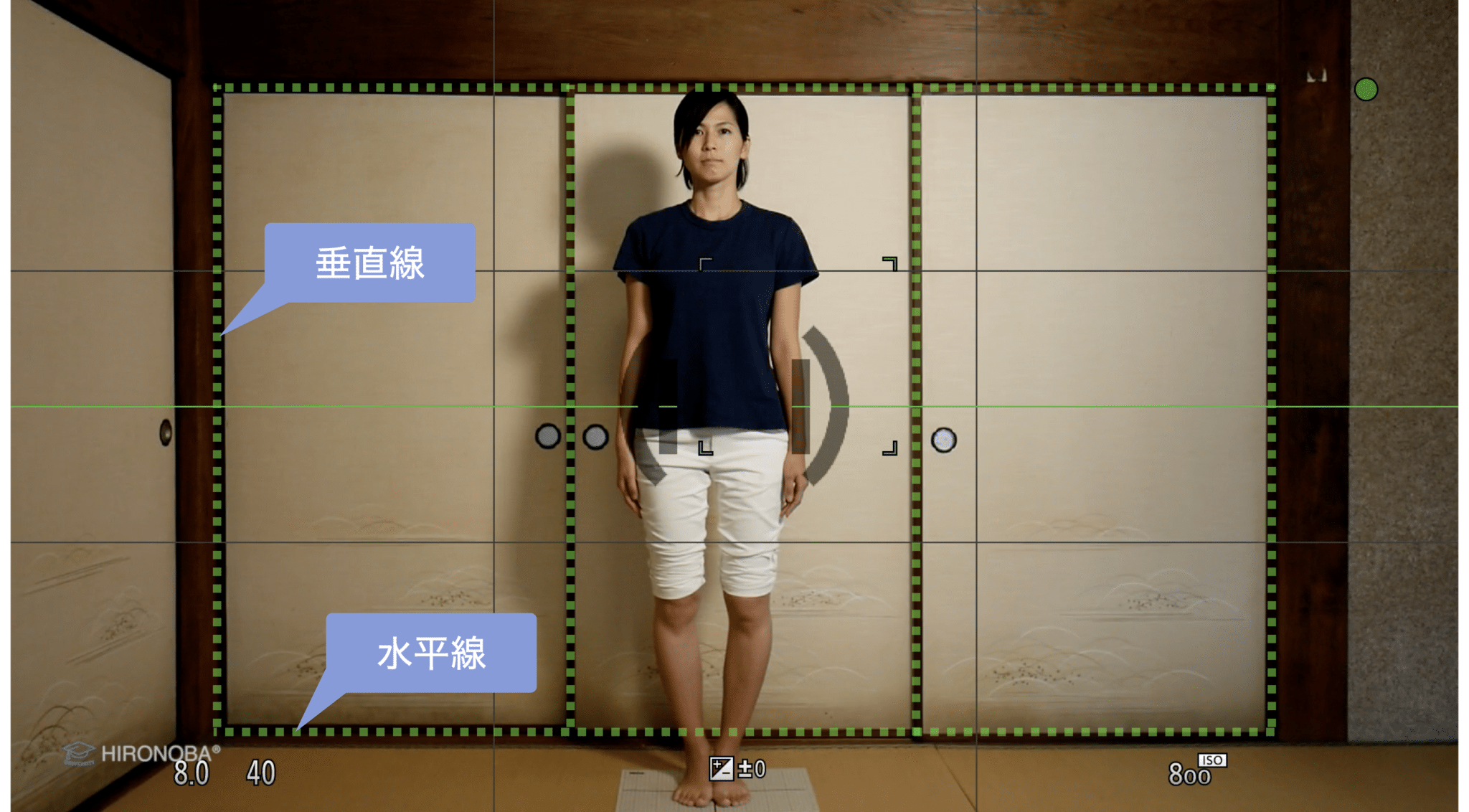
- 目・耳・肩の高さが左右で揃っているか
- 体がどちらかへ傾いていないか
顔のゆがみは、実は足元のバランスから連鎖するケースもあります。
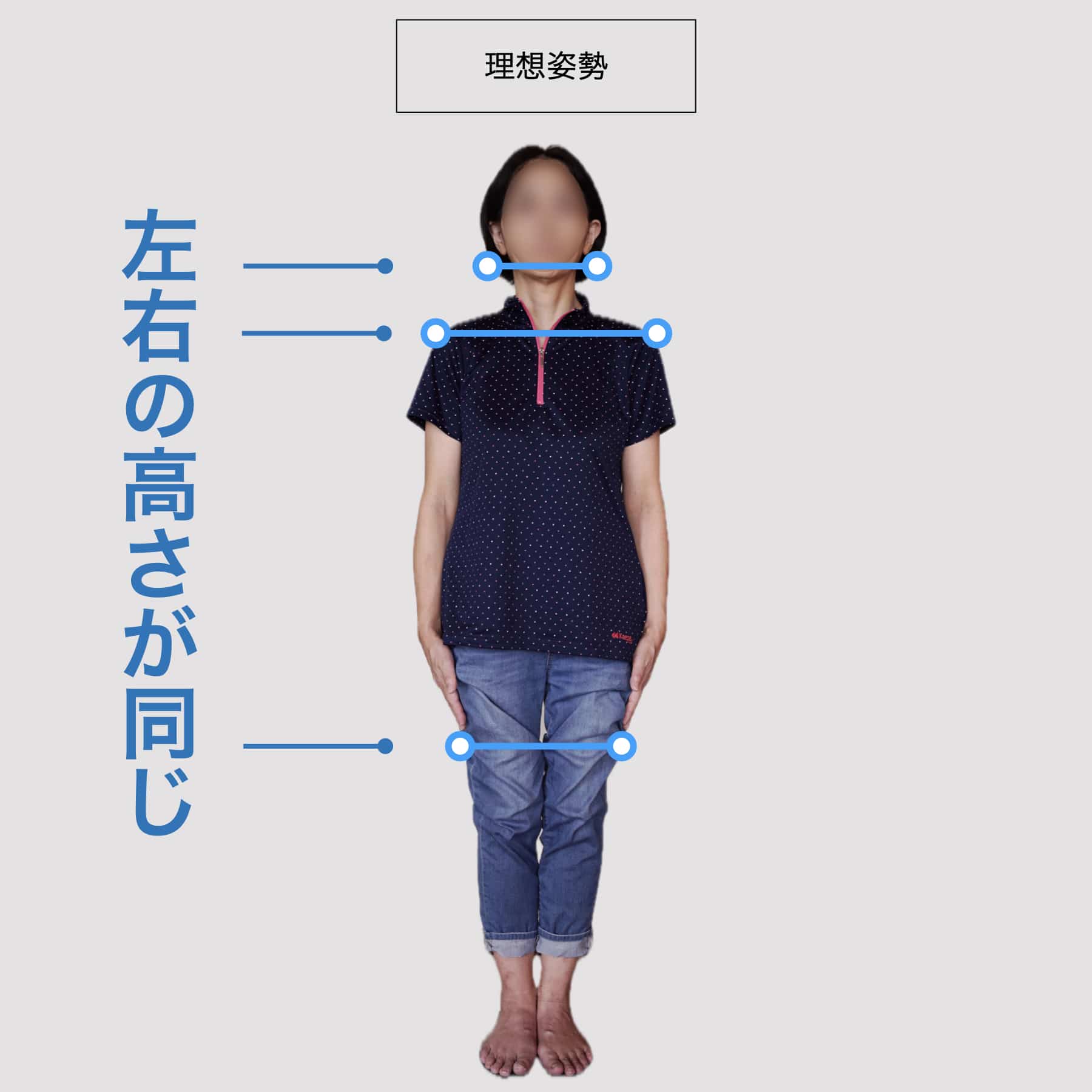
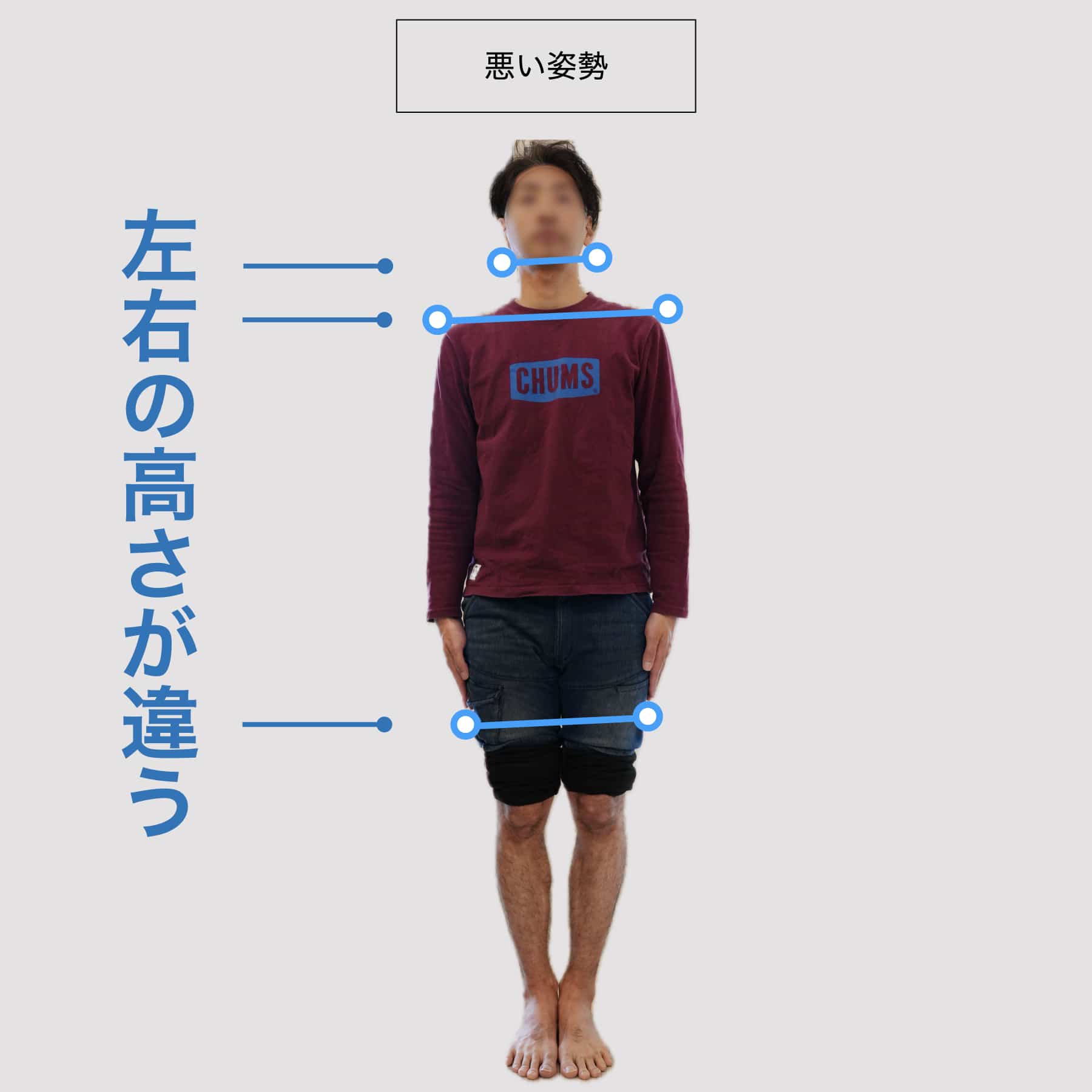
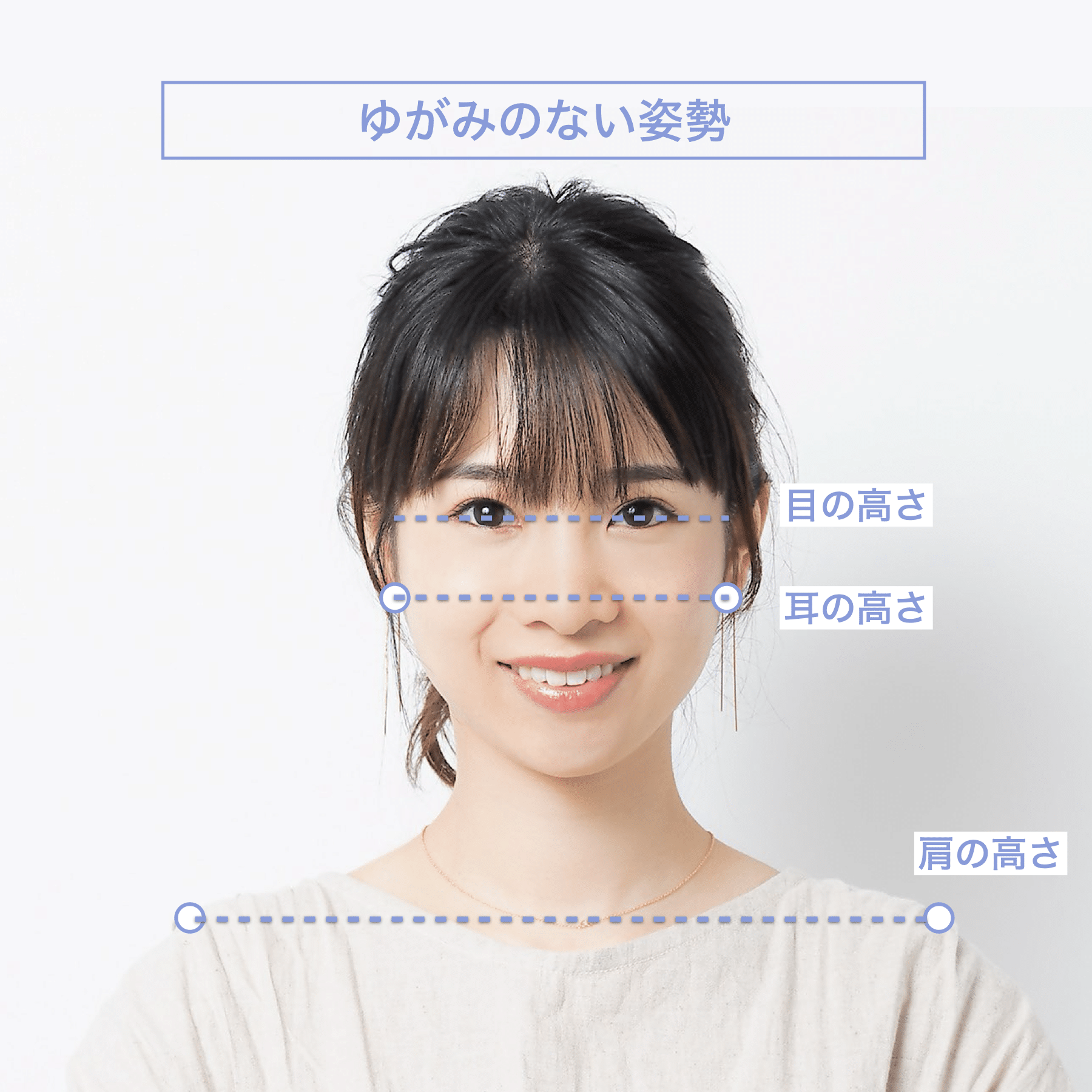
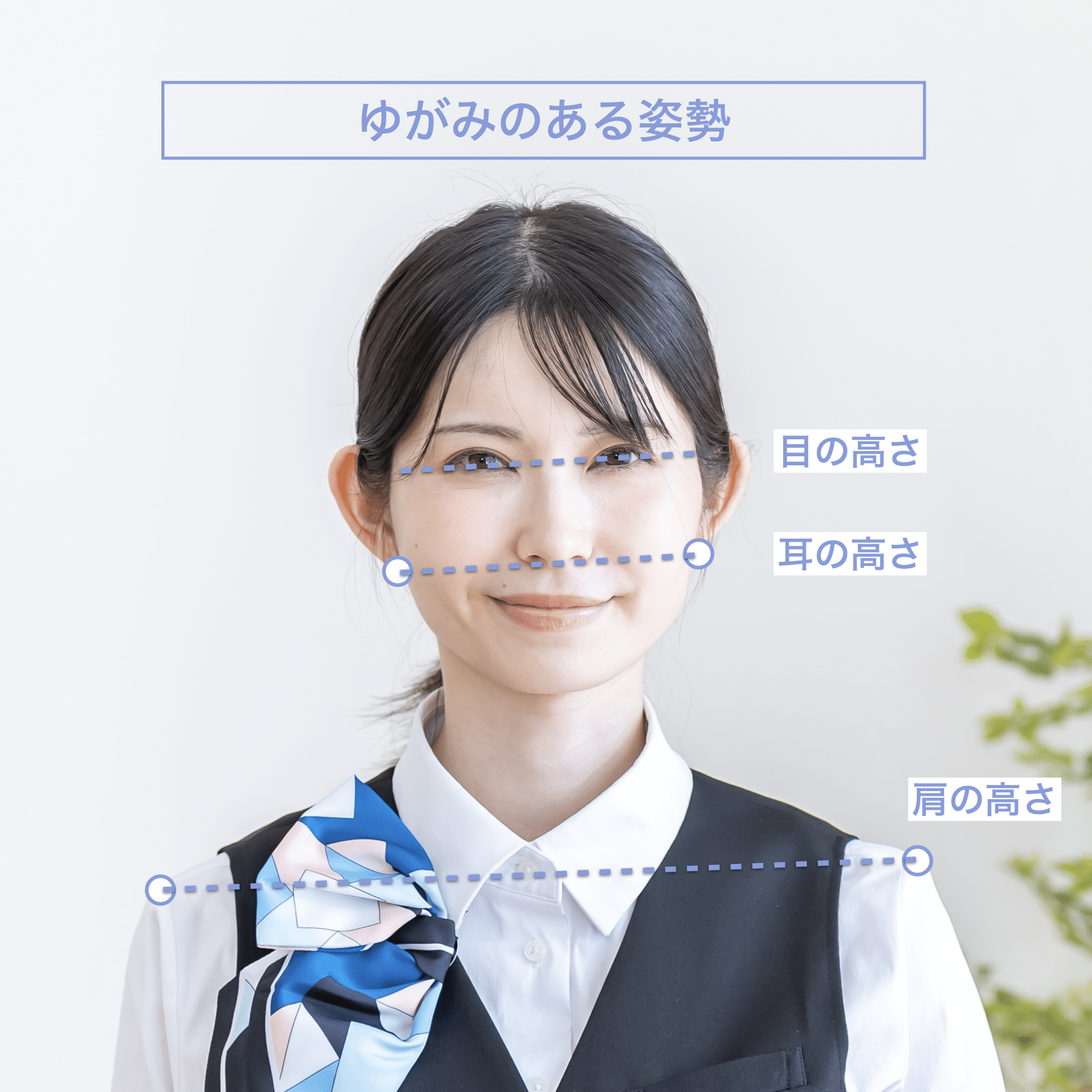
■スマホ写真チェック(矢状面)

横から撮影し、次の点が一直線に並ぶかを確認します。
- 耳
- 肩峰
- 大転子
- 膝
- 外くるぶし
大転子が前なら反り腰、後ろなら猫背方向へ傾きやすい状態です。

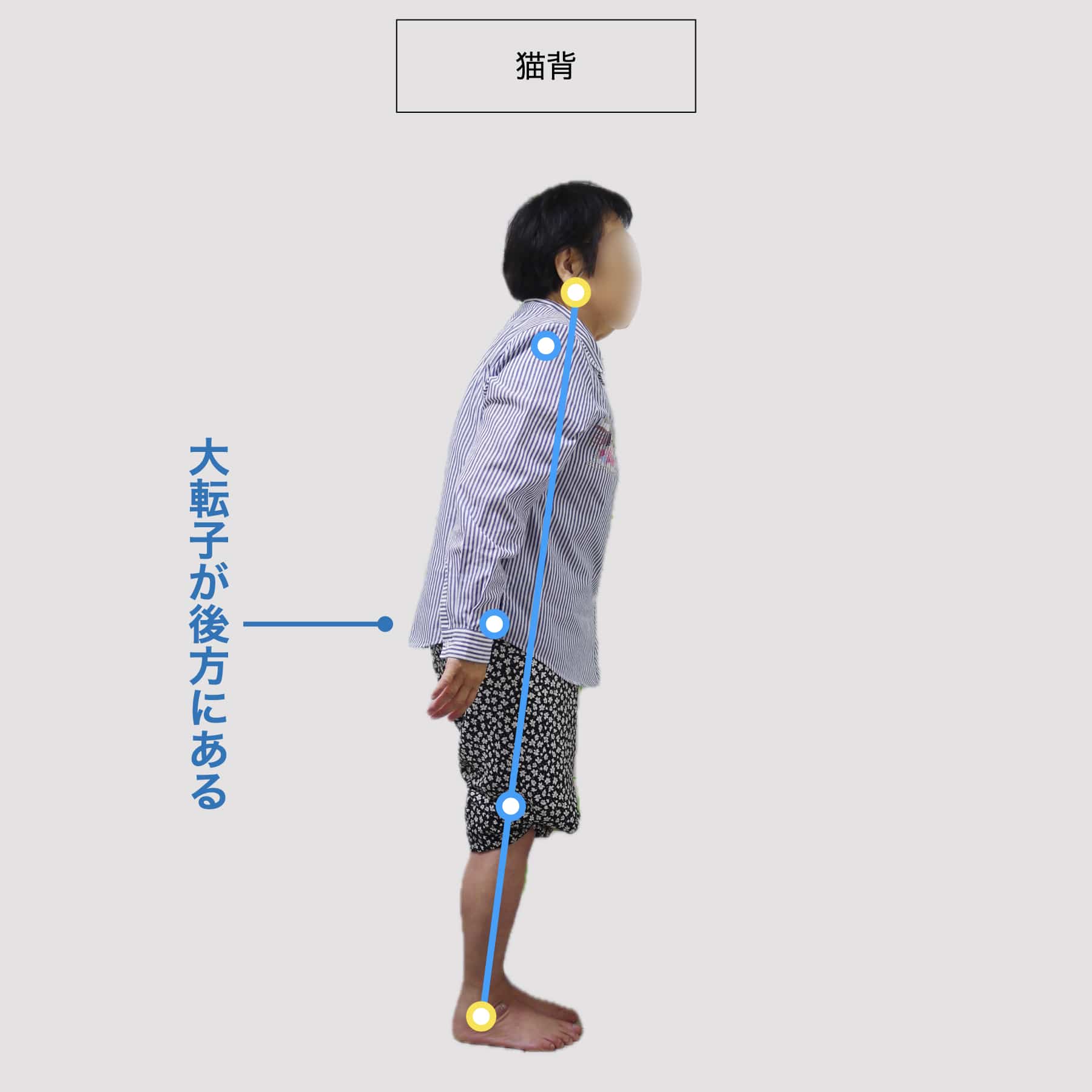
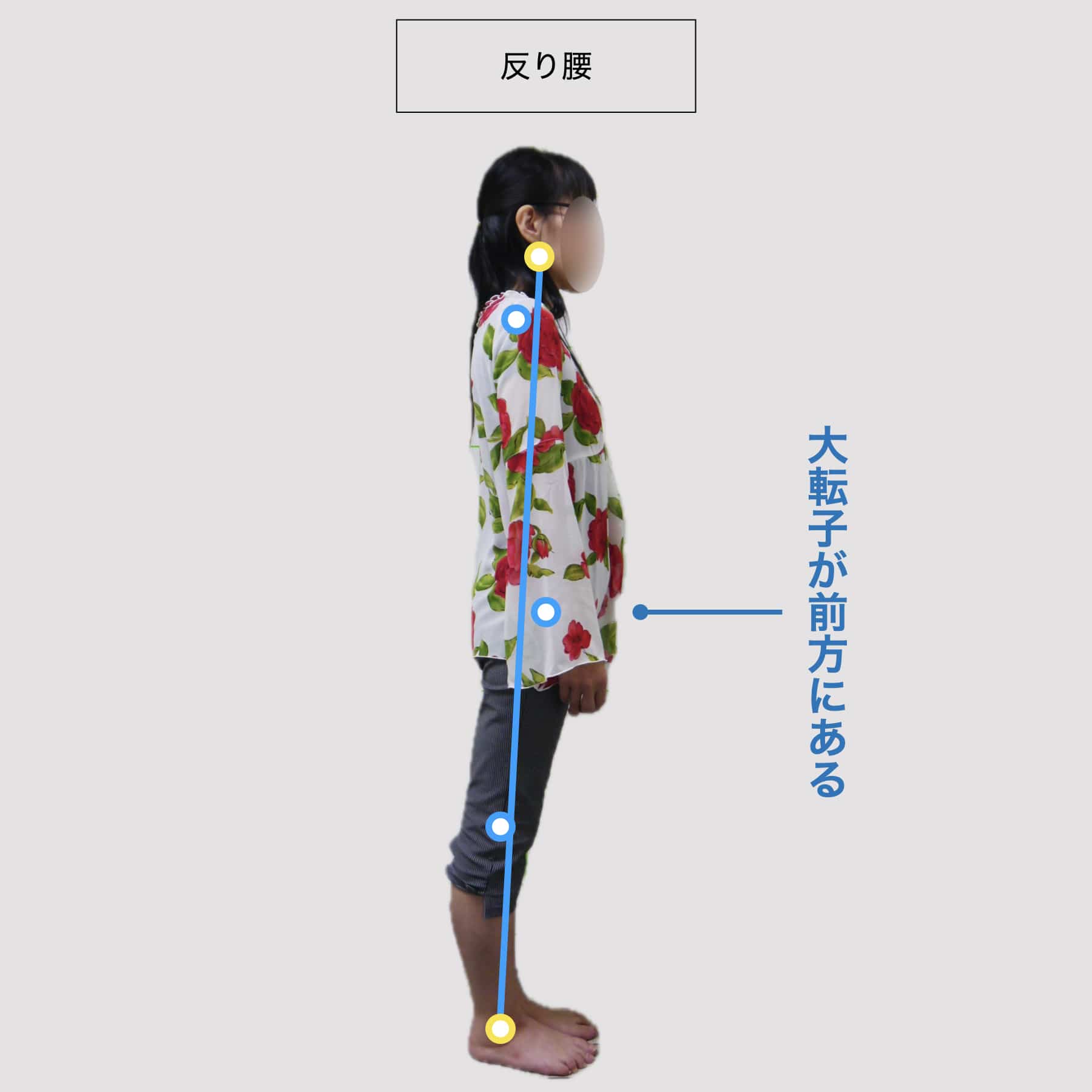
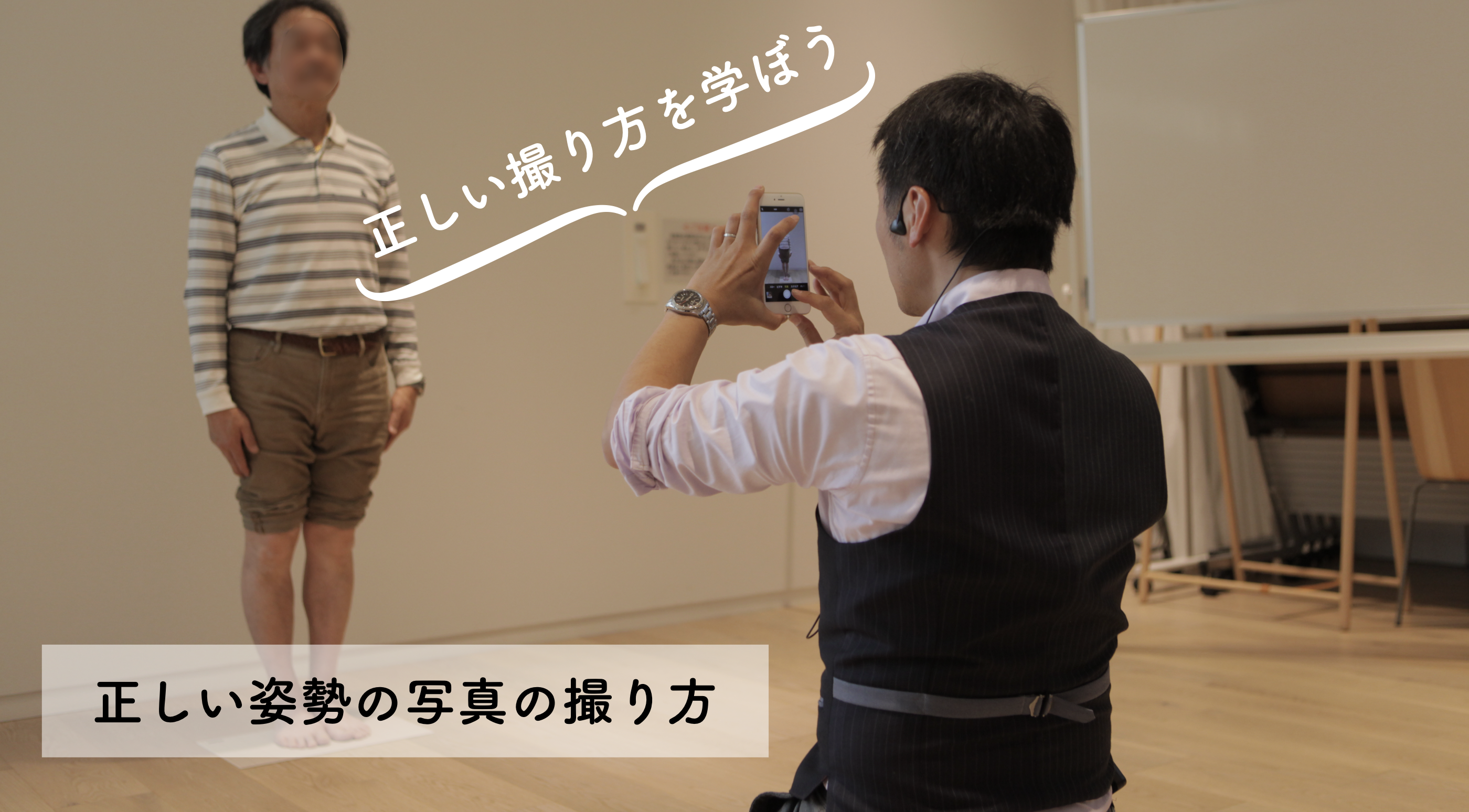
顔のゆがみ・骨盤のズレも “足指からの重心変化” が関与する場合がある
足→脚→骨盤→背骨→肩→顔
という連鎖で、体はバランスを取ろうとします。
そのため、足指の変形があると
- O脚・X脚
- 骨盤の傾き
- 顔の傾き
に影響するケースも臨床上観察されます。
姿勢を整える一番の近道は「足指を使いやすい環境づくり」
姿勢の問題を上半身で解決しようとすると限界があります。
なぜなら姿勢は 足→重心→骨盤→背骨 の順で決まるからです。
足指が使いやすい環境を整えると、
重心が自然と中央へ戻り、姿勢もニュートラルに近づきやすくなります。
足指が使いやすい環境が整うと、姿勢に“変化が見られることがある”とされています。
下の写真は、
足指まわりの環境づくりを見直した一例として記録した観察写真です。
姿勢の変化には個人差があり、すべての人に同じ変化が現れるわけではありませんが、
“身体の使い方の変化”が見られたケースとして掲載しています。
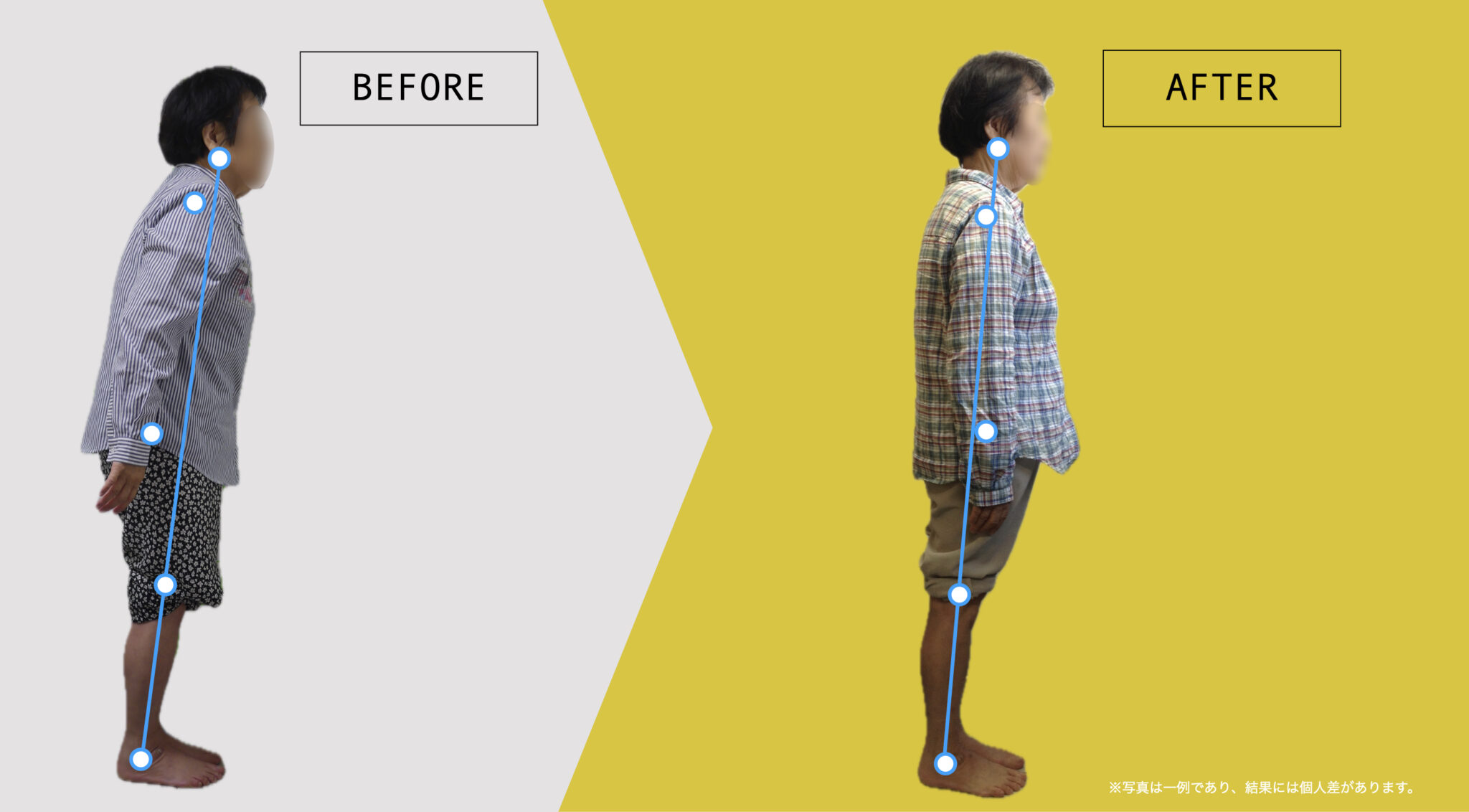
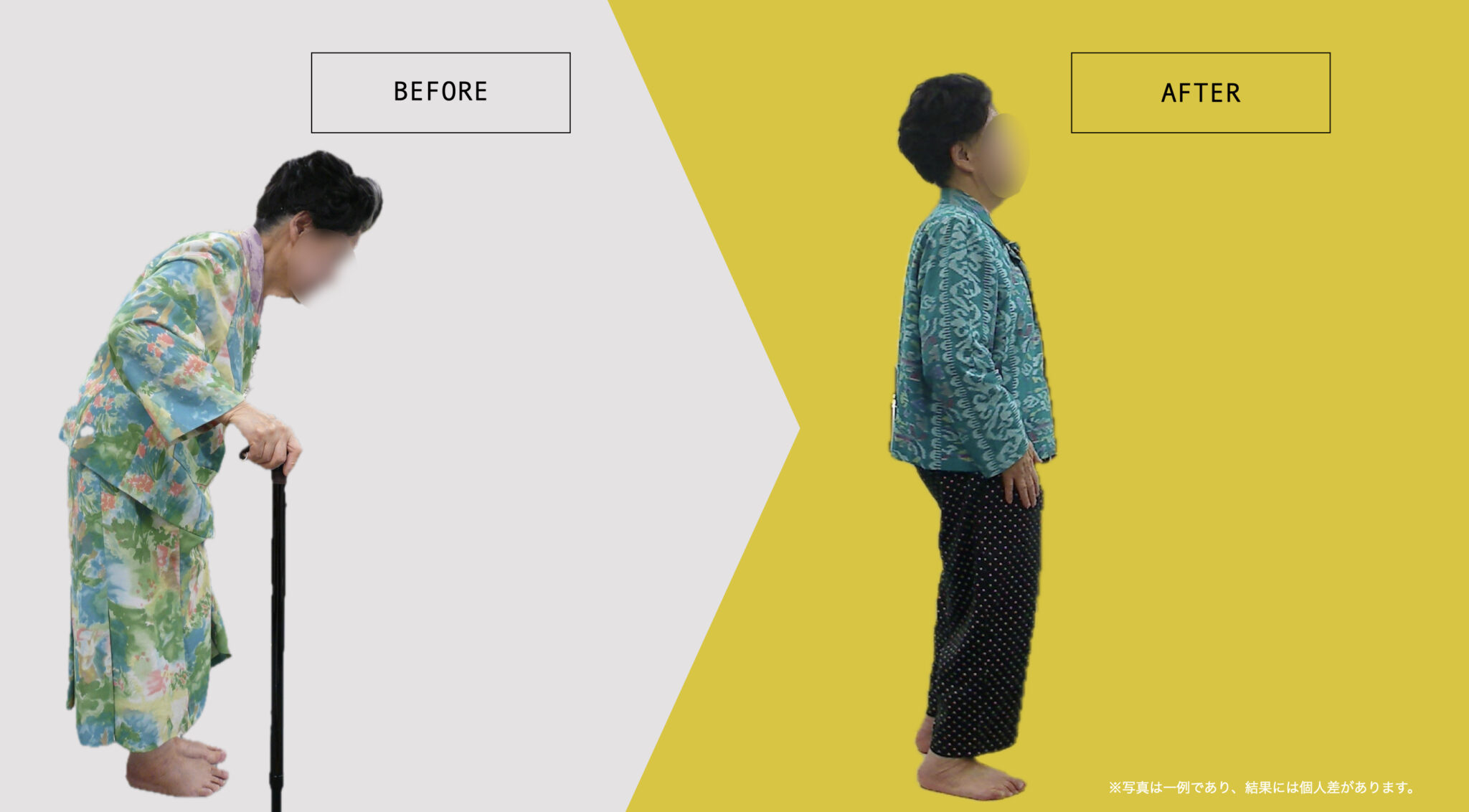
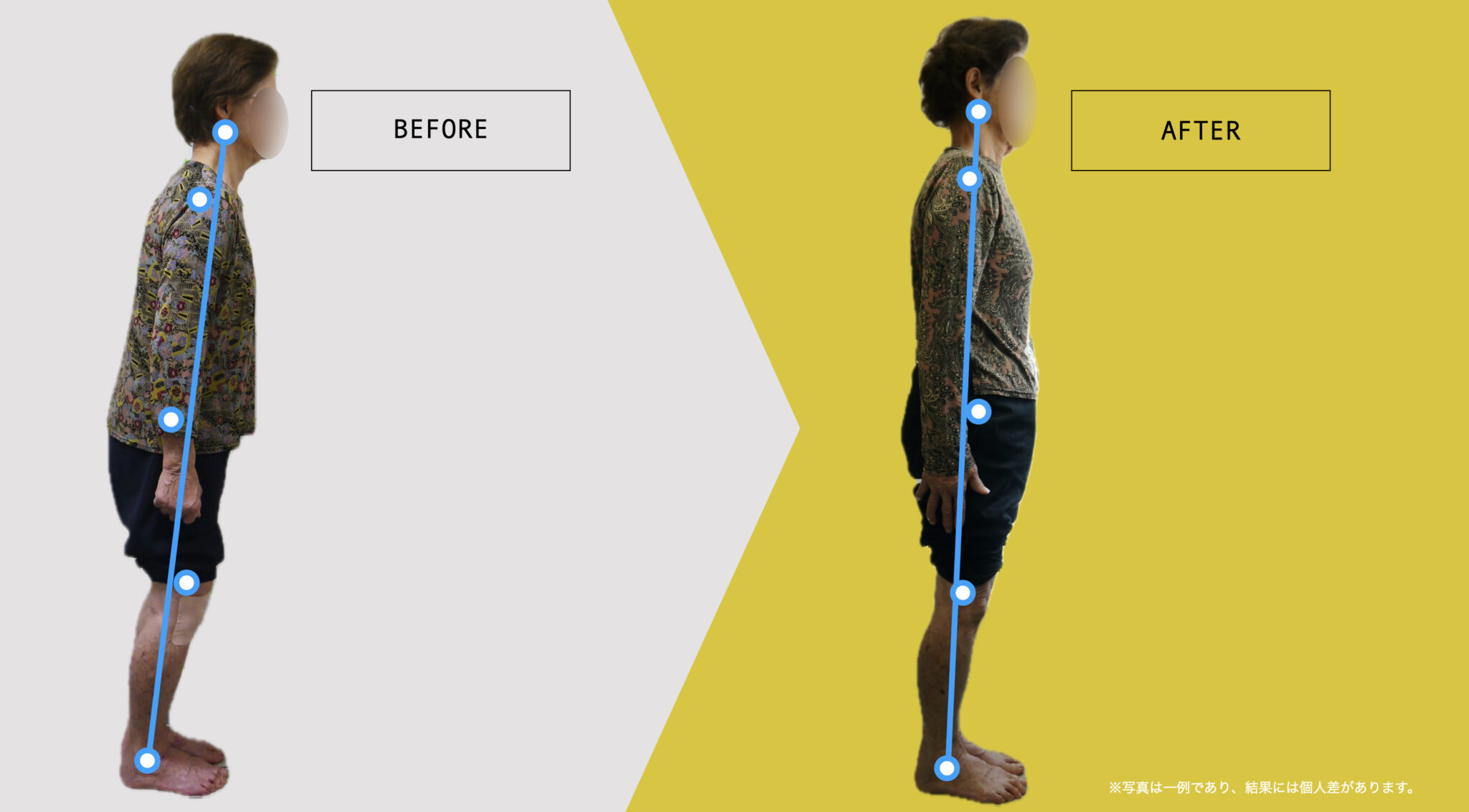
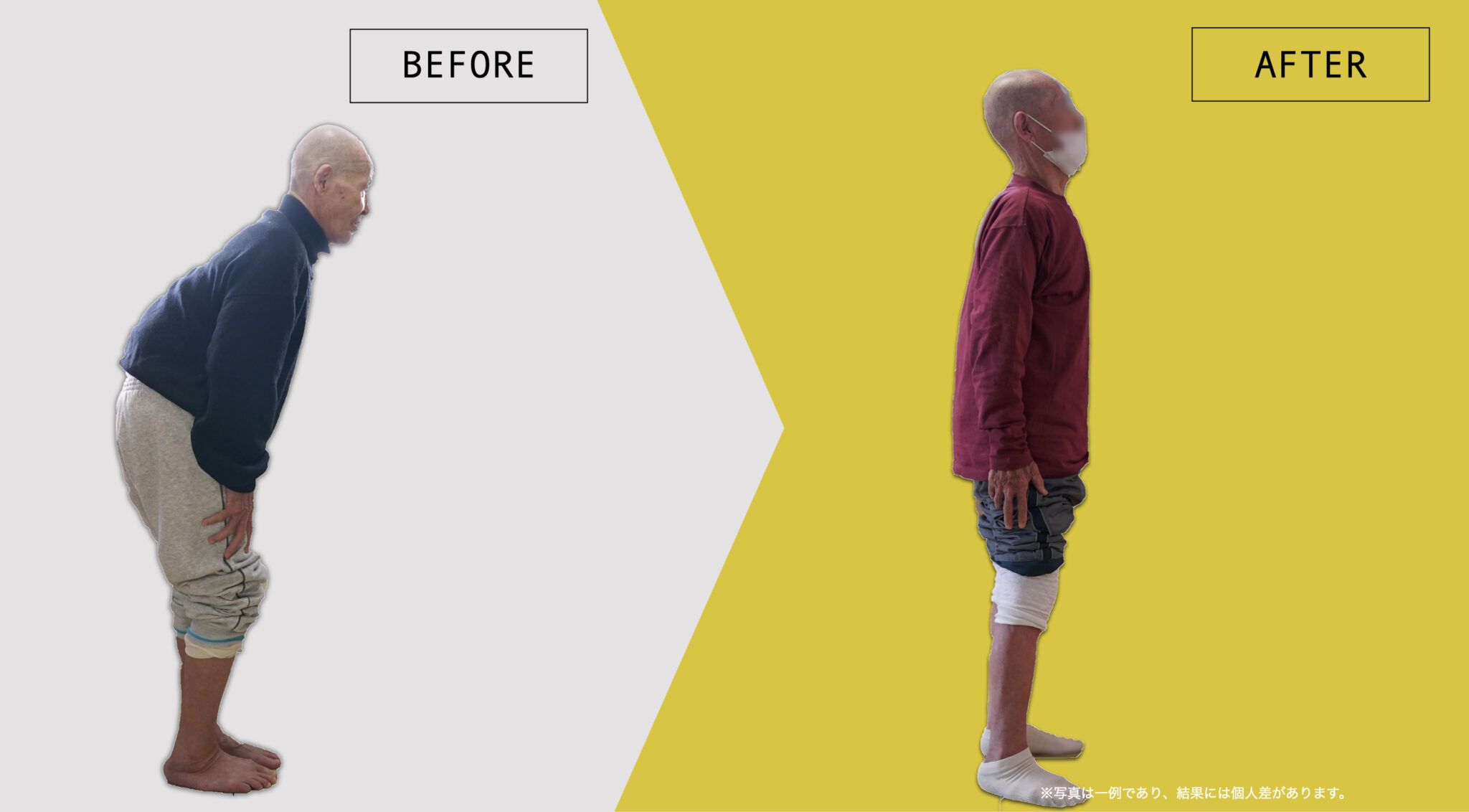
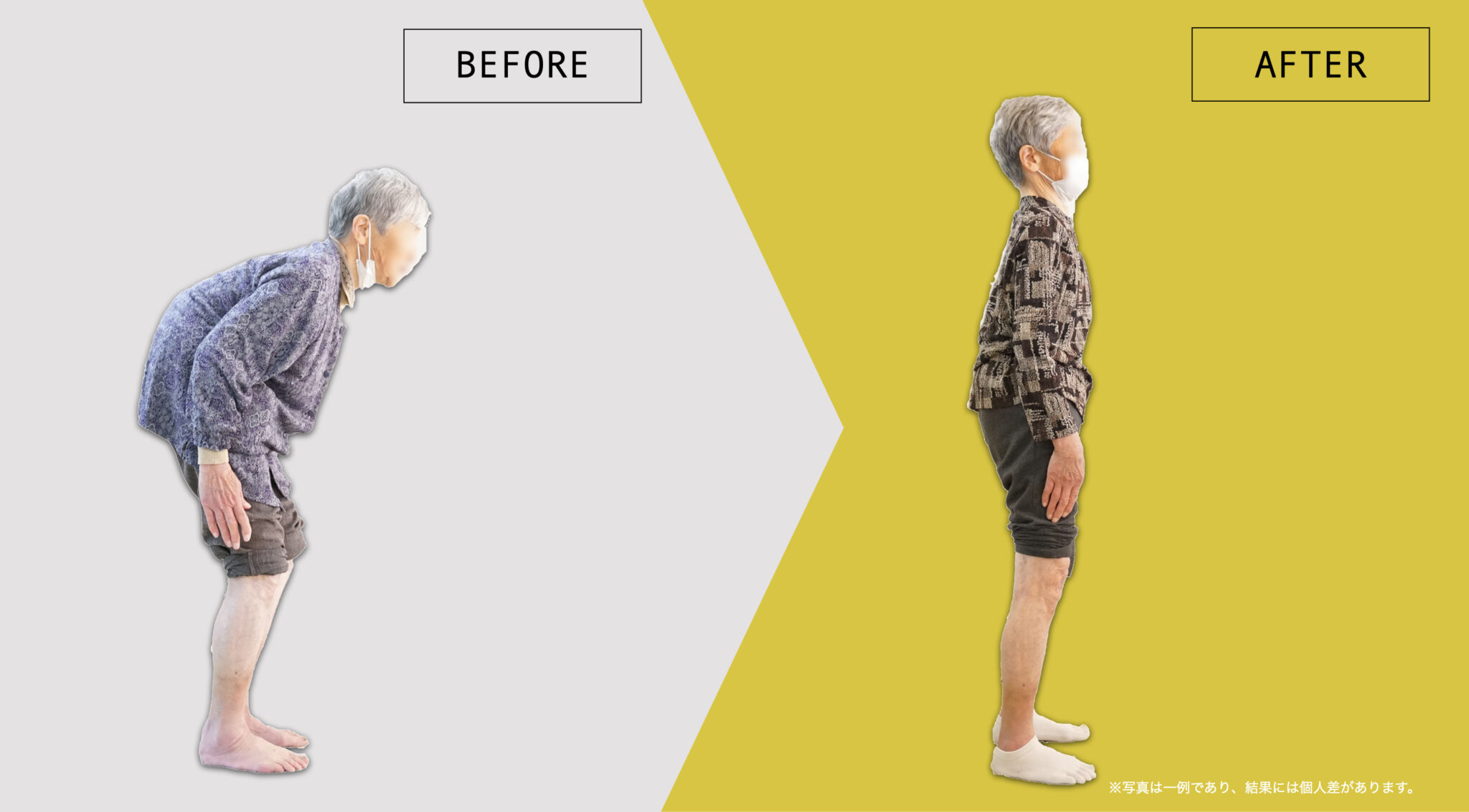
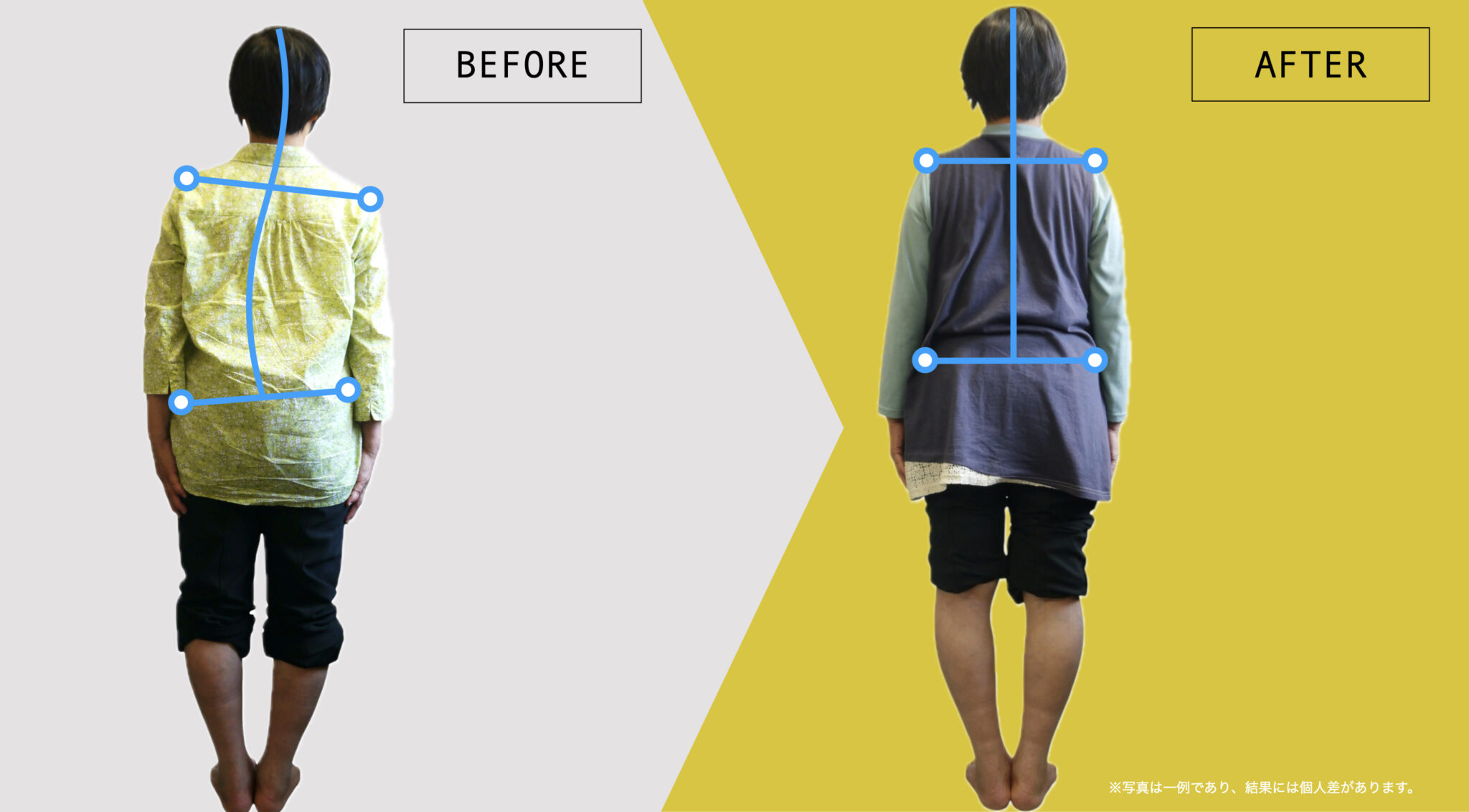
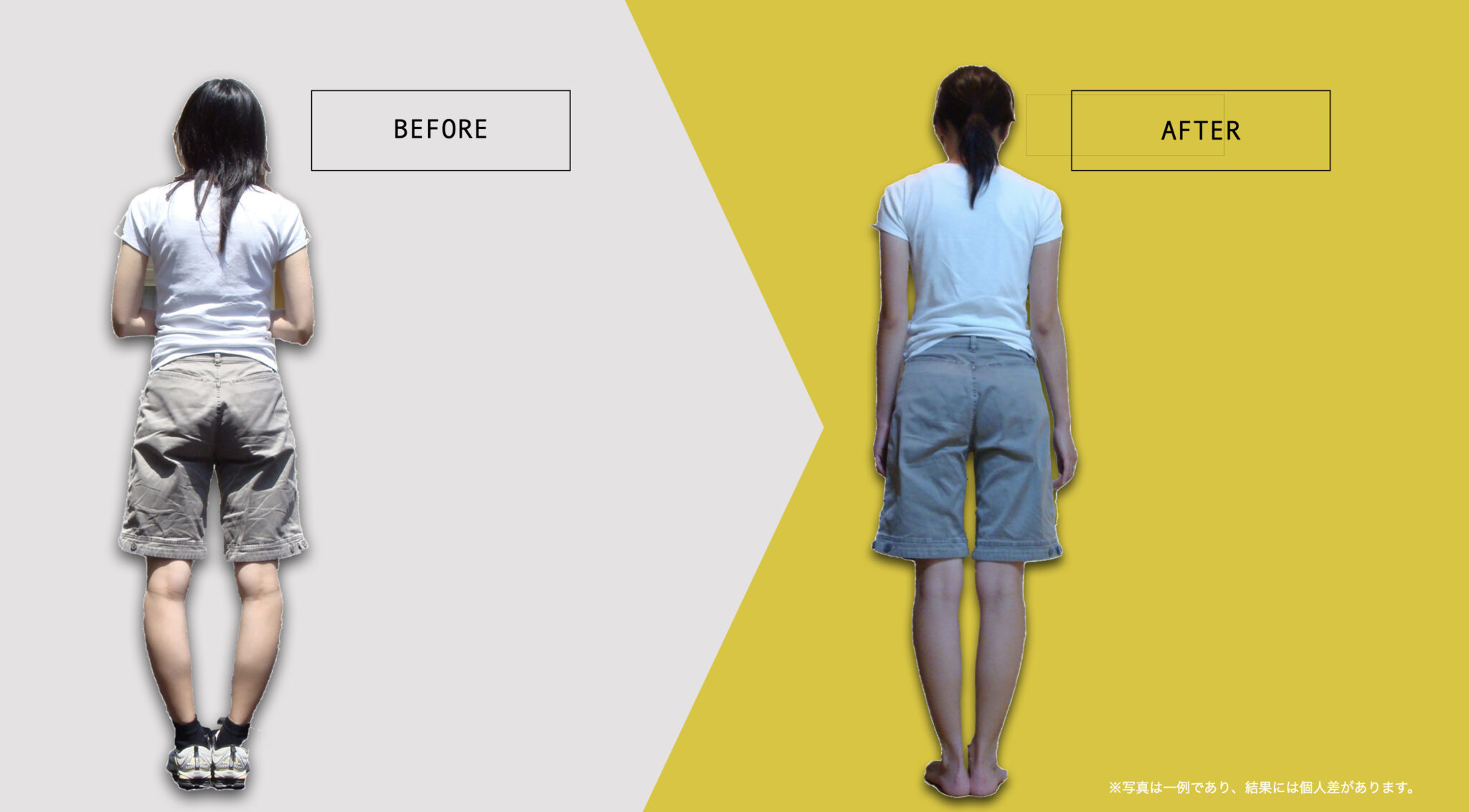
まとめ
- 姿勢は“意識”ではなく“重心”で決まる
- 重心の出発点は足指
- 足指が曲がると重心がズレ、猫背・反り腰の代償が起こる
- 足指を伸ばし広げるだけでも、姿勢が整う傾向が観察される
- 姿勢の改善には「足元の環境づくり」が最優先
この記事の内容を踏まえた「日常での考え方」
ここまで解説してきた内容は、
足指の構造・使われ方・環境との関係性を整理したものです。
以下では、こうした構造的な視点を踏まえたうえで、
日常生活の中で取り入れやすい一般的な考え方を紹介します。
足指が使われやすい環境を整えるという視点
足指は、本来
「広がる・伸びる・接地する」といった生理的な動きを持っています。
しかし、靴・靴下・床環境・歩行習慣などによって、
これらの動きが制限されることがあります。
そのため、足指そのものを操作するのではなく、
足指が使われやすい環境を整えるという視点が重要になります。
日常で意識しやすい4つのポイント
① 足指をゆるやかに動かす習慣
足指を無理に鍛えるのではなく、
「広がる・伸びる」といった動きを妨げないことを意識します。
強い力を加えるトレーニングではなく、
日常の中で可動を阻害しにくい状態を保つという考え方が基本です。
▶ 足指をゆるやかに伸ばす考え方
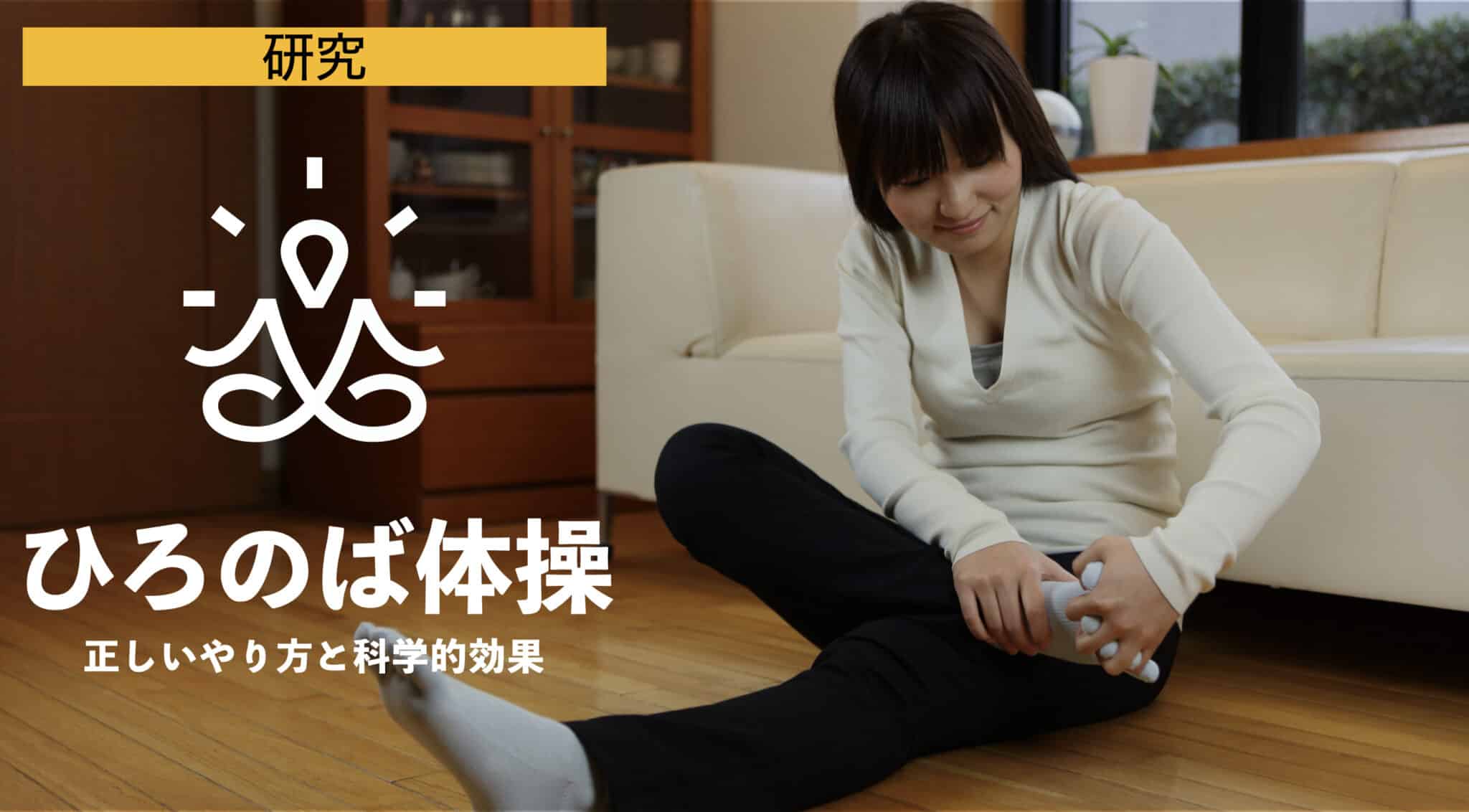
② 靴の見直し
足指が押しつぶされにくい設計で、
指先に余裕のある靴を選ぶことが重要です。
過度な固定や締め付けは、
足指の自然な動きを制限する要因になりやすいため注意が必要です。
▶ 足指の構造から考える靴の選び方
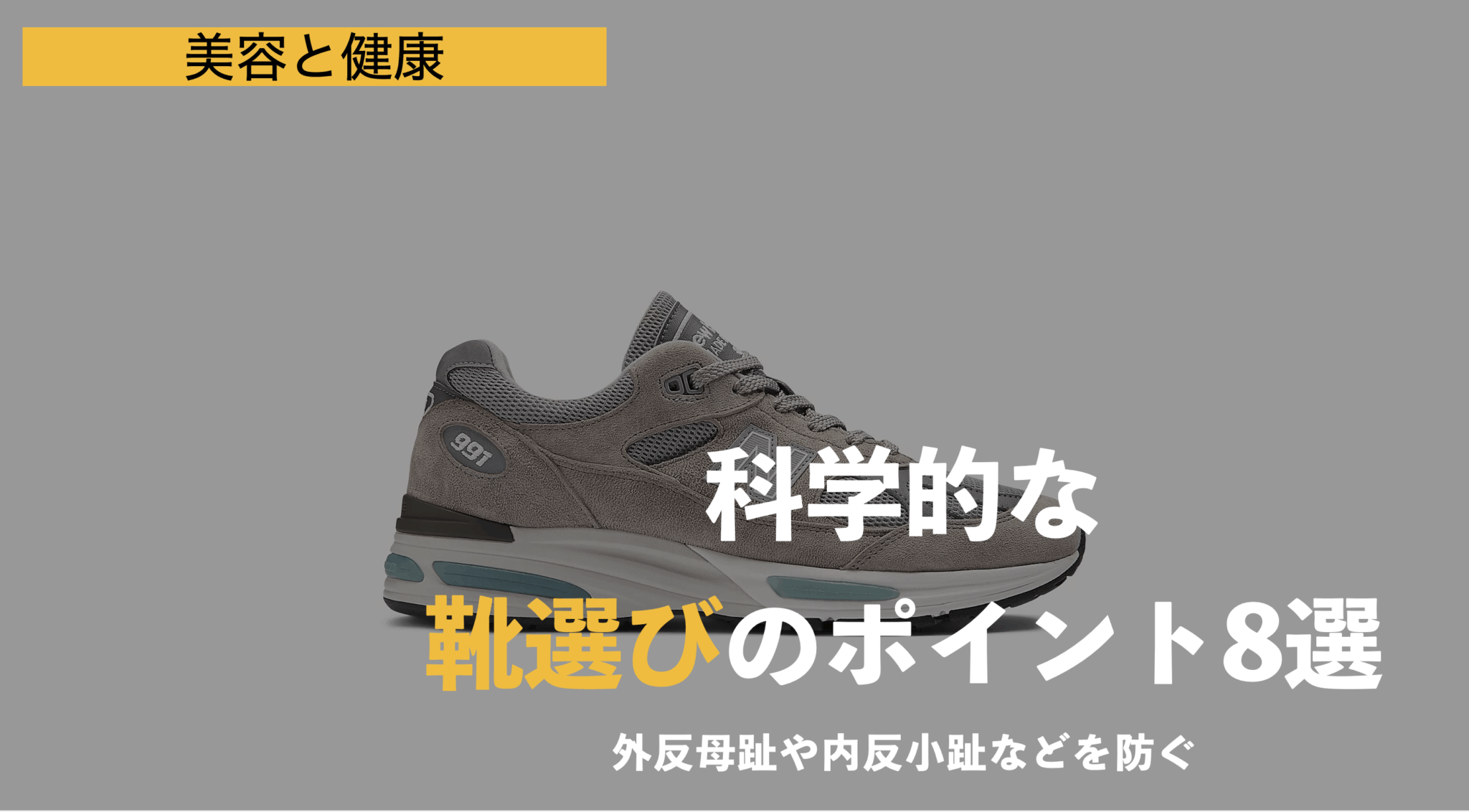
③ 歩き方・日常動作
大きく踏み込む歩き方よりも、
小さく安定した接地を意識します。
足指が自然に接地しやすい動きは、
環境づくりの一部として捉えることができます。
▶ 足指の接地を意識した歩き方の考え方
.054-scaled.jpeg)
④ 室内環境(床・スリッパ)
滑りやすい床やスリッパは、
足指の接地感を失いやすくします。
室内でも足裏の感覚が保たれやすい環境を意識することが、
足指の使われ方を考えるうえでのポイントになります。
▶ 室内環境と足指の関係について
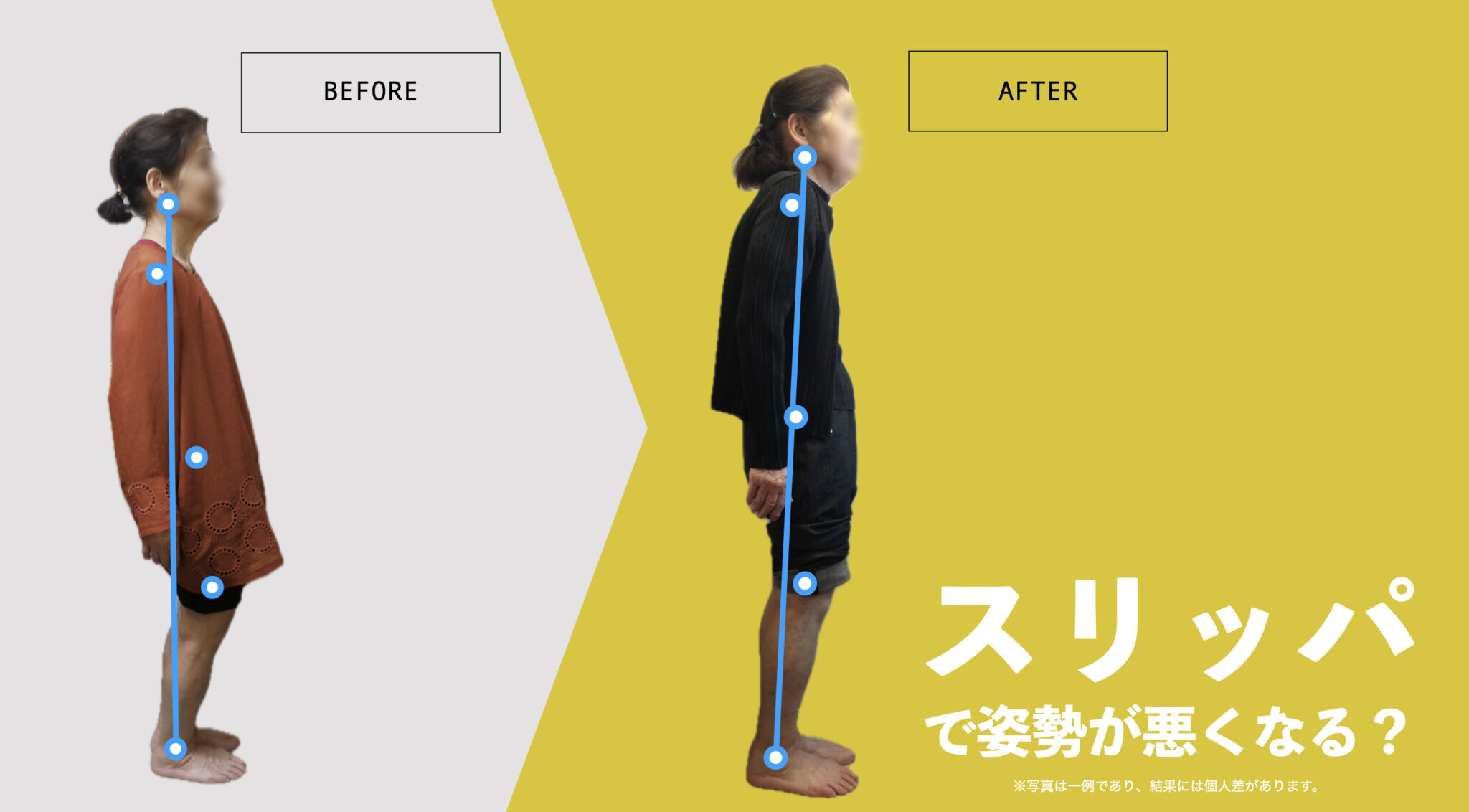
足指が使いやすい環境づくりをサポートする生活用品について
上記のような環境づくりを考える中で、
生活用品という視点から足指の使われやすさに配慮した選択肢もあります。
ここでは、そうした考え方にもとづいた生活用品の一例を紹介します。
YOSHIRO SOCKS の考え方(構造の話)
YOSHIRO SOCKS は、
足指を「矯正する」「治す」といった目的ではなく、
足指の本来の動きが妨げられにくい環境をつくる
という考え方をもとに設計されています。
構造面で配慮しているポイント
- 接地の安定性に配慮した摩擦構造
- 足指の自然な広がりを妨げにくい立体設計
- 重心バランスを考慮した密度・張力配置
- 縦横方向のテンション設計によるフォルム保持
※ いずれも、生活用品としての構造・設計上の配慮を示すものです。
ものづくり・研究背景
国内の専門工場と連携し、
糸・密度・摩擦・張力といった要素を検証しながら設計を行っています。
※ 本内容は、生活用品としての構造説明であり、
医療行為や治療を目的としたものではありません。
選択肢のひとつとして知っておきたい方へ
足指の構造や環境との関係を理解したうえで、
生活環境を見直す際の選択肢のひとつとして参考にしてください。
▶ YOSHIRO SOCKS の構造と設計はこちら
- Computer workstations etool. Occupational Safety and Health Administration. https://www.osha.gov/etools/computer-workstations. Accessed May 20, 2021.
- Spine basics. American Academy of Orthopaedic Surgeons. https://orthoinfo.aaos.org/en/diseases--conditions/spine-basics/. Accessed Jan. 30, 2019.
- Muscolino JE. Posture and the gait cycle. In: Kinesiology: The Skeletal System and Muscle Function. 3rd ed. Elsevier; 2017.
- Bryan E. The basics. In: The Comprehensive Manual of Therapeutic Exercises. Thorofare, N.J.: Slack Incorporated; 2018.
- Maintaining good posture. American Chiropractic Association. https://acatoday.org/content/posture-power-how-to-correct-your-body-alignment. Accessed Jan. 28, 2019.
- Madson TJ (expert opinion). Accessed Feb. 22, 2019.
- Reddy Syamala K, et al. Armrests and back support reduced biomechanical loading in the neck and upper extremities during mobile phone use. Applied Ergonomics. 2018; doi:10.1016/j.apergo.2018.06.003.
- Laskowski ER (expert opinion). Mayo Clinic. Feb. 18, 2021.
- 外反母趾の機能解剖学的病態把握と理学療法.湯浅慶朗.理学療法 第31巻 第2号 2014.2 P159-165
- 『足指をそらすと健康になる』湯浅慶朗/著 PHP研究所 2014.6
- 『たった5分の「足指つかみ」で腰も背中も一生まがらない!』湯浅慶朗/著 PHP研究所 2021.6
